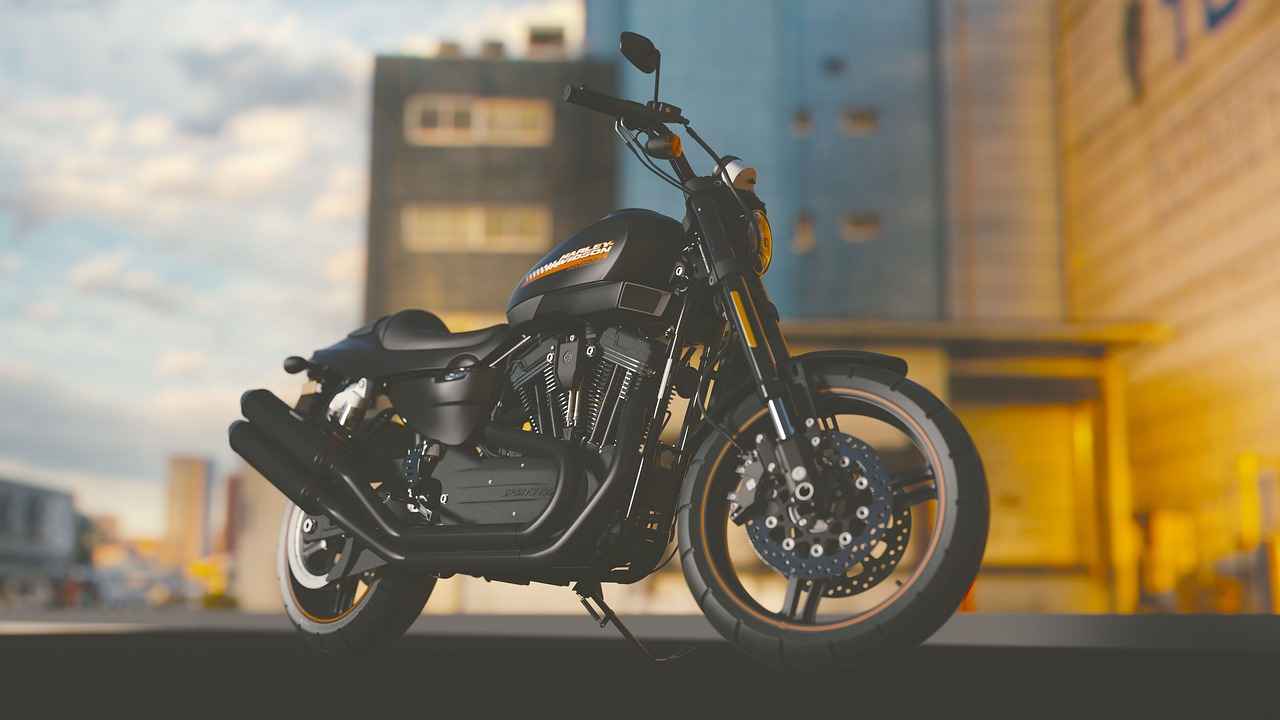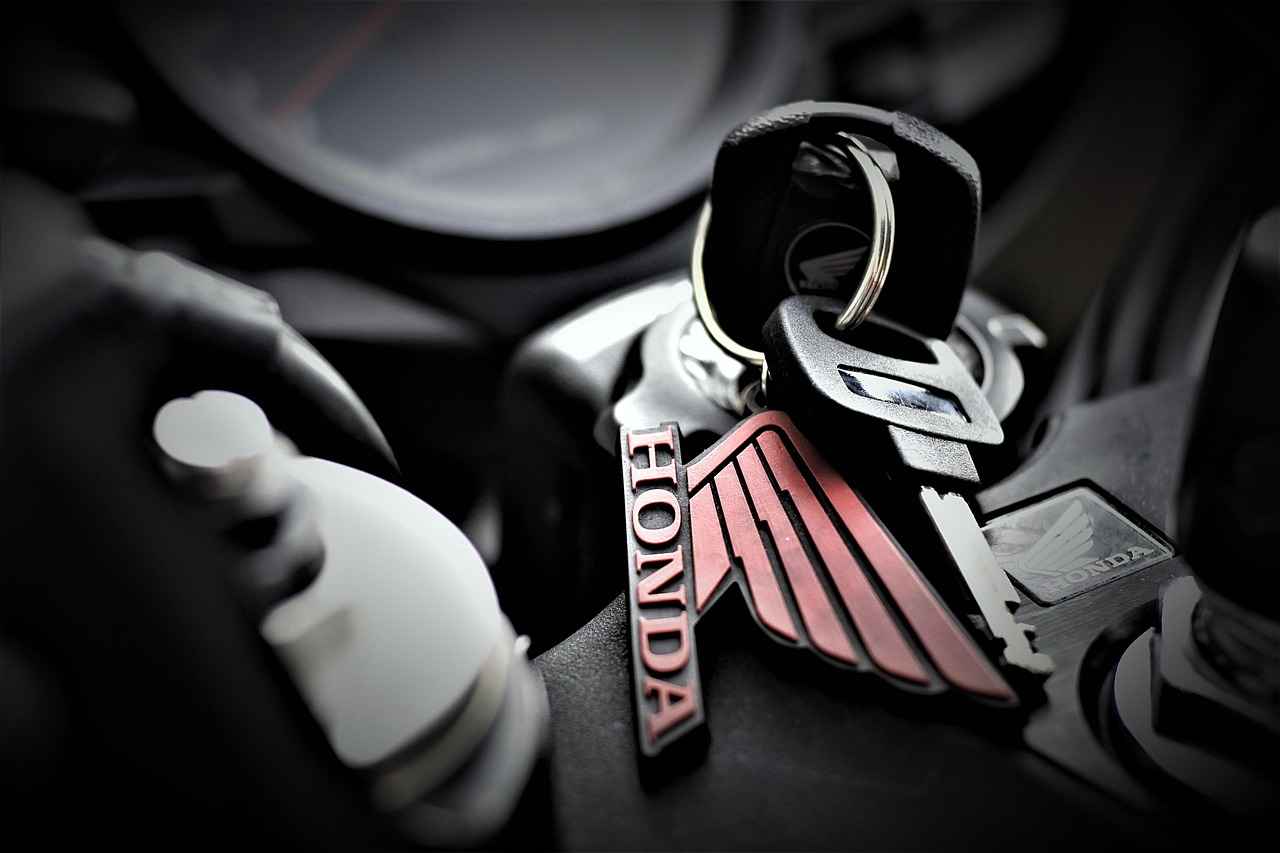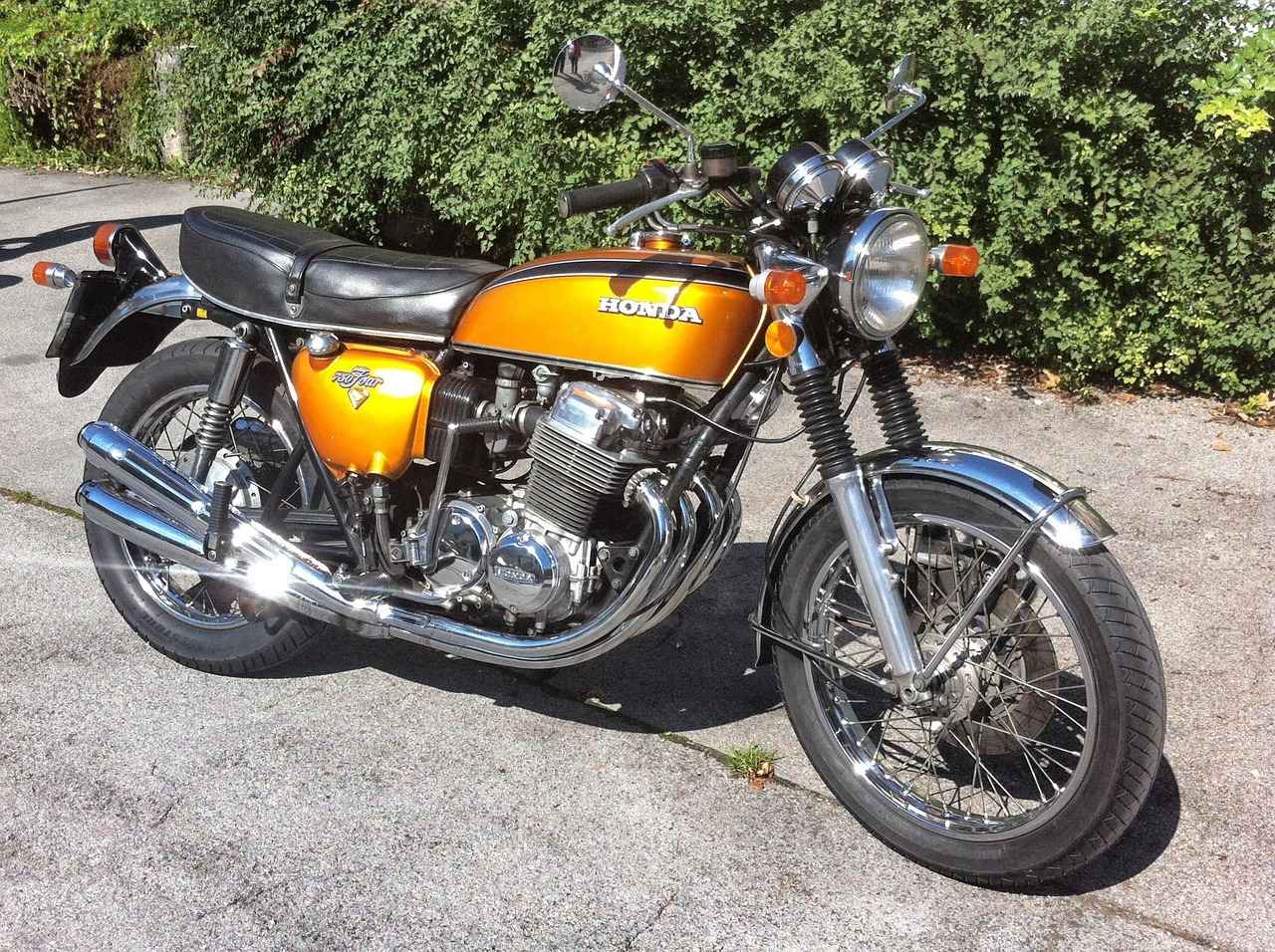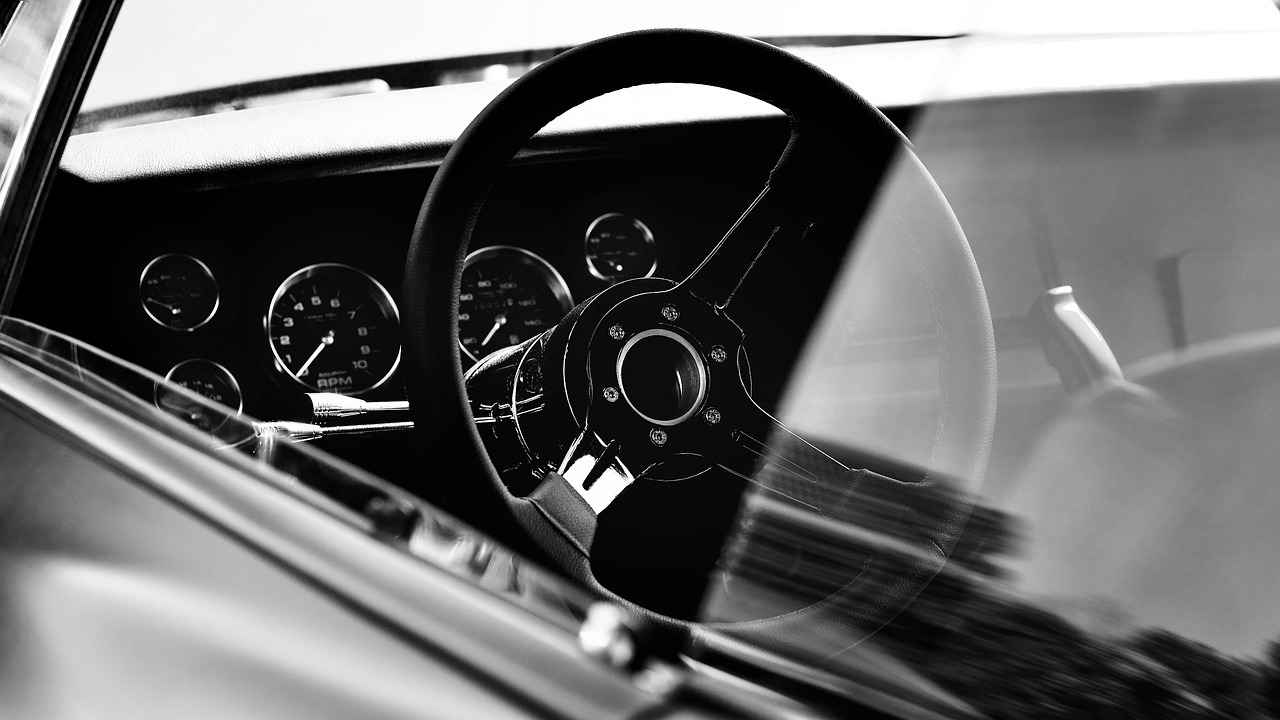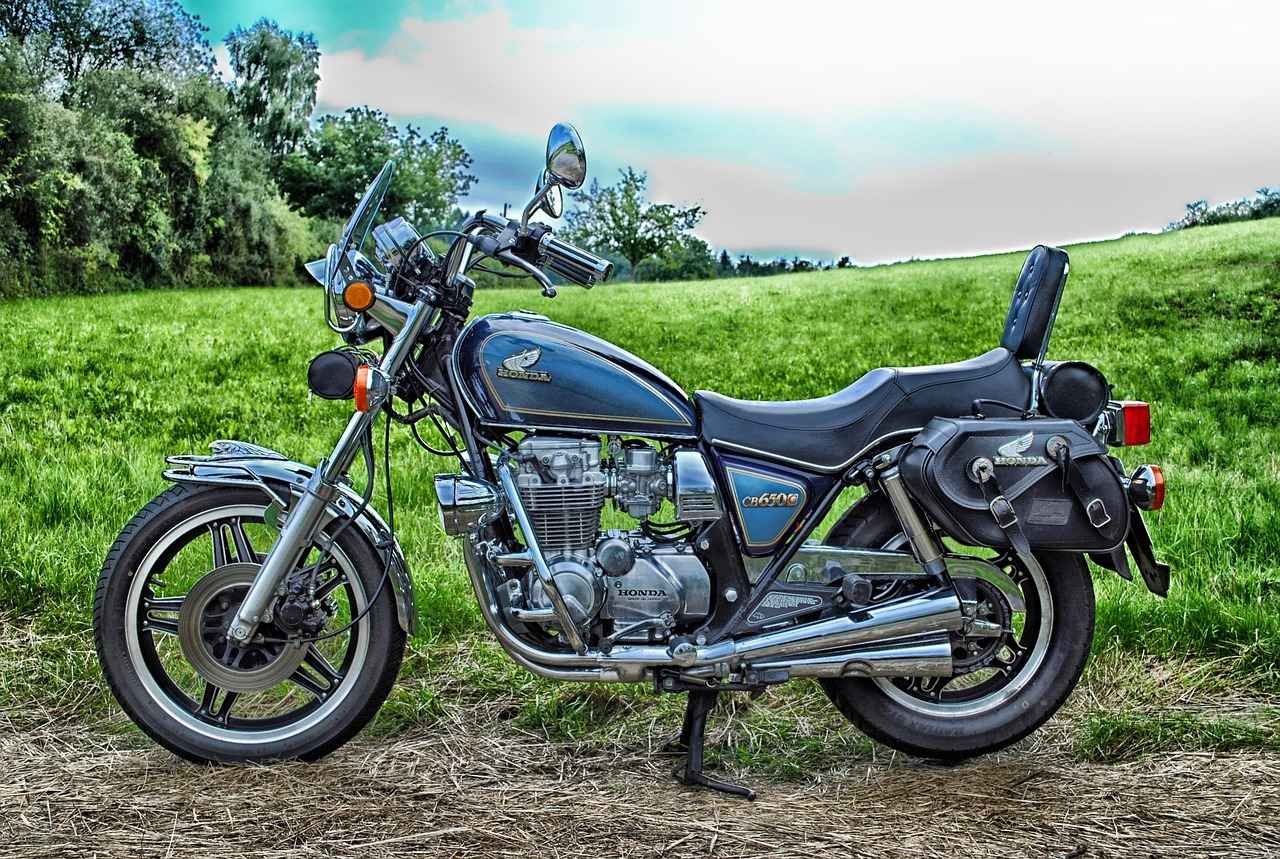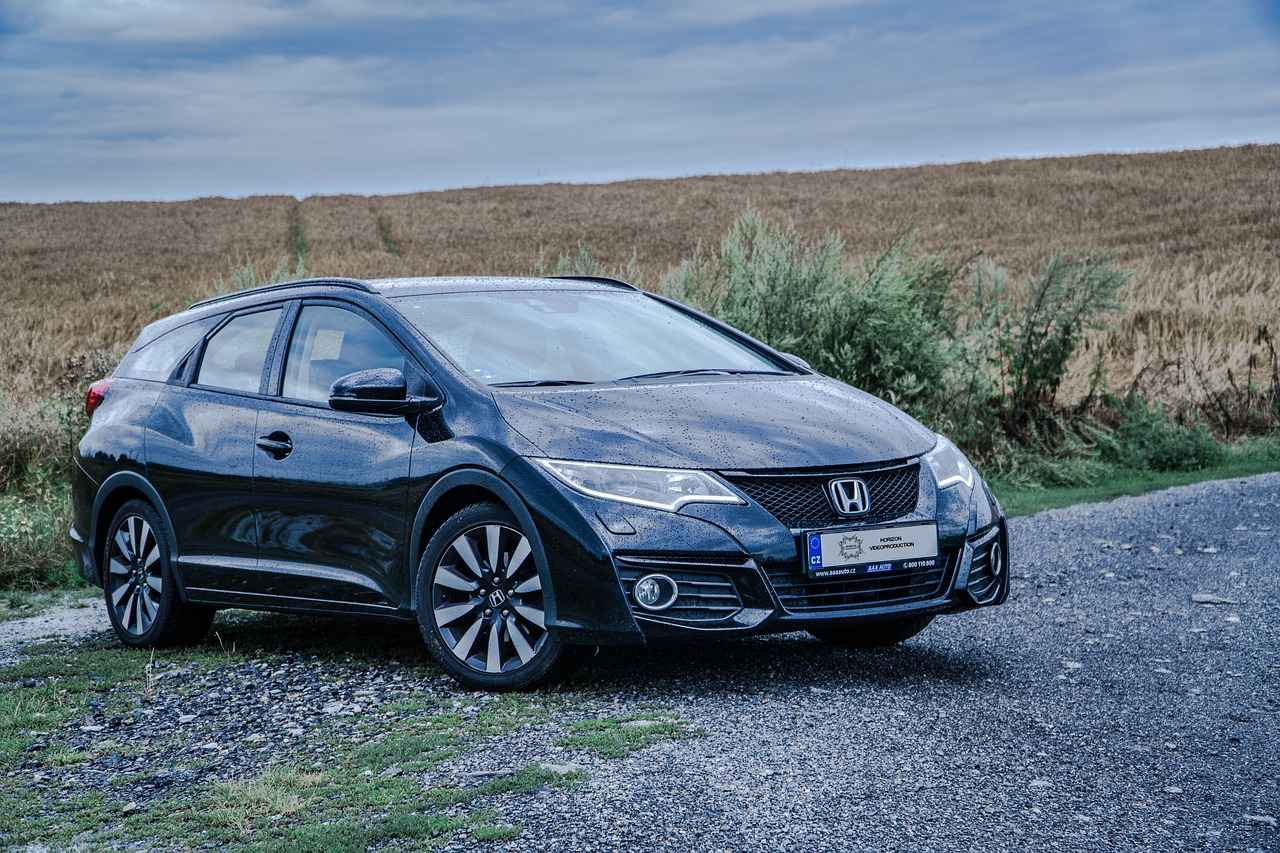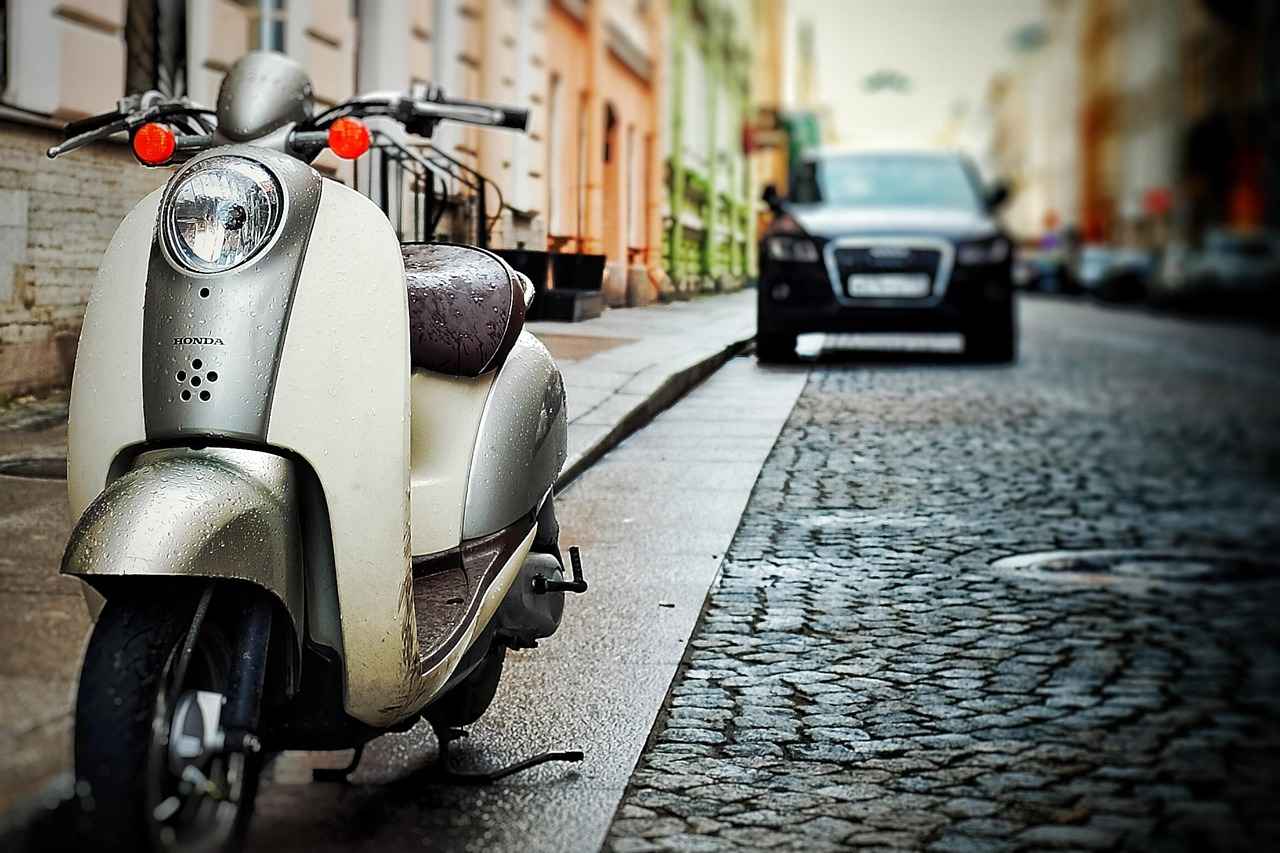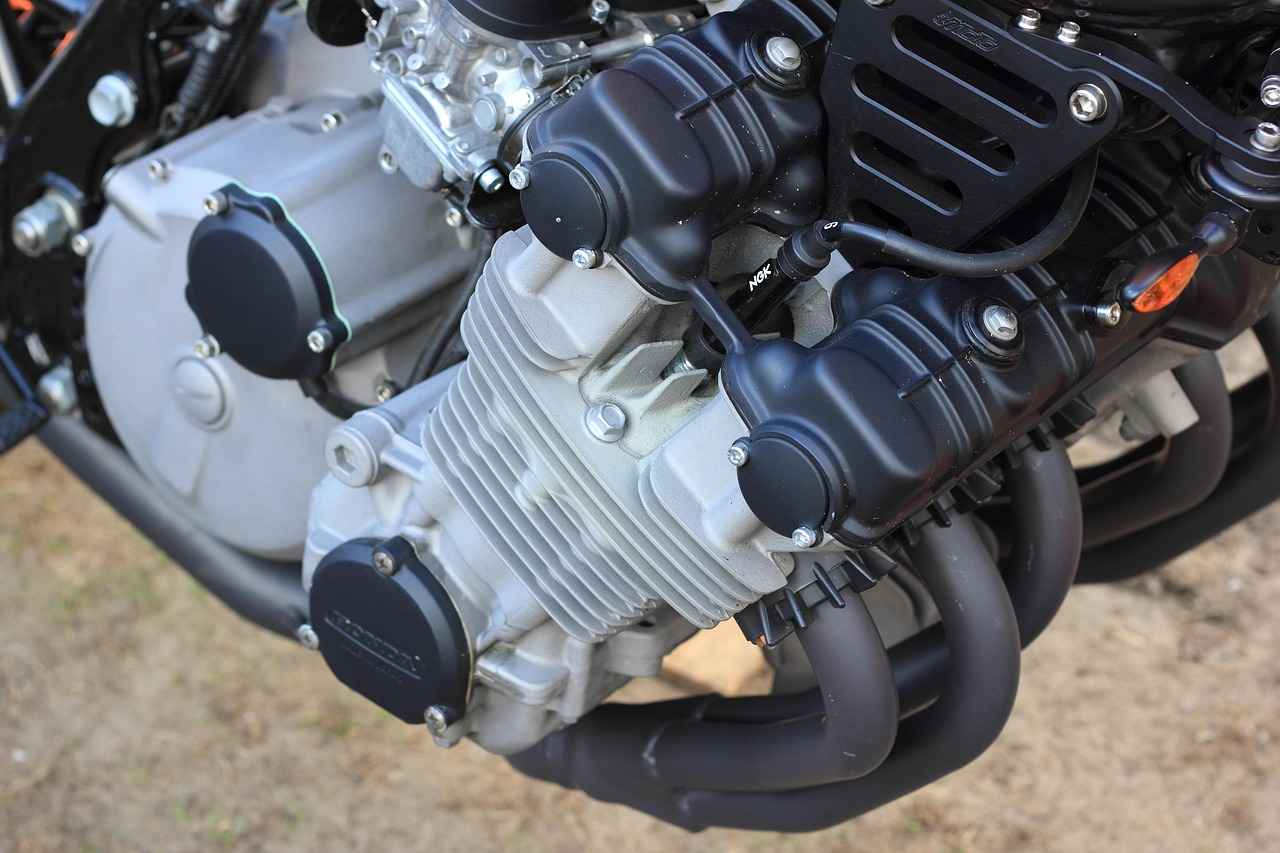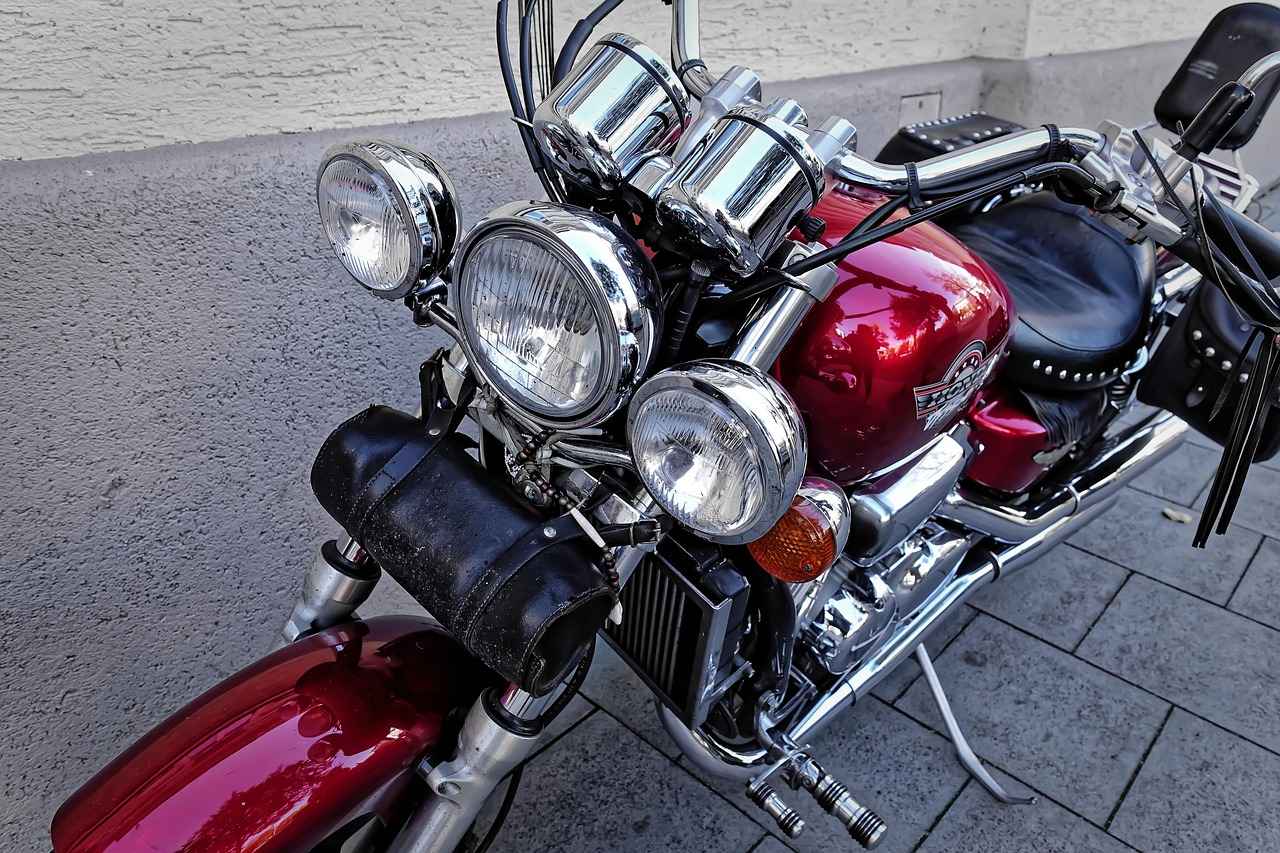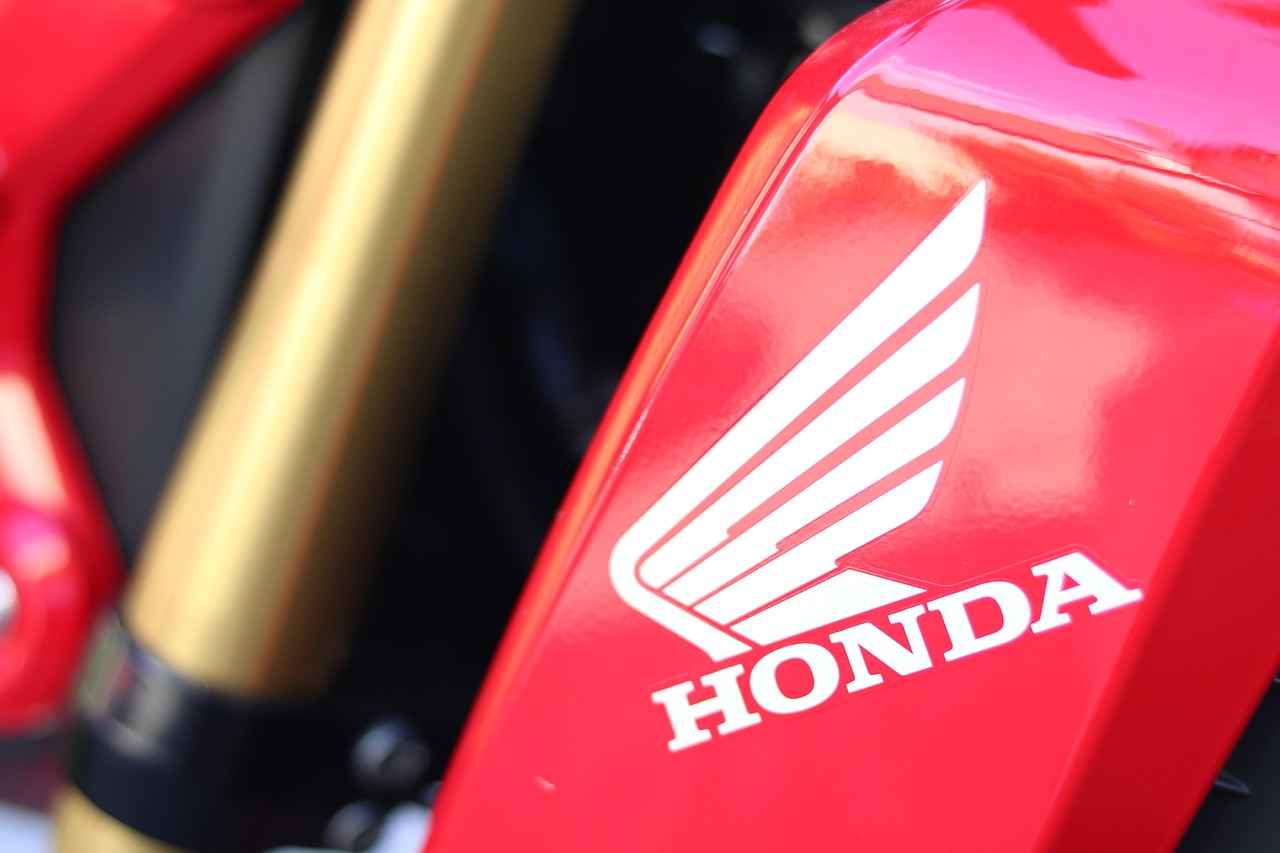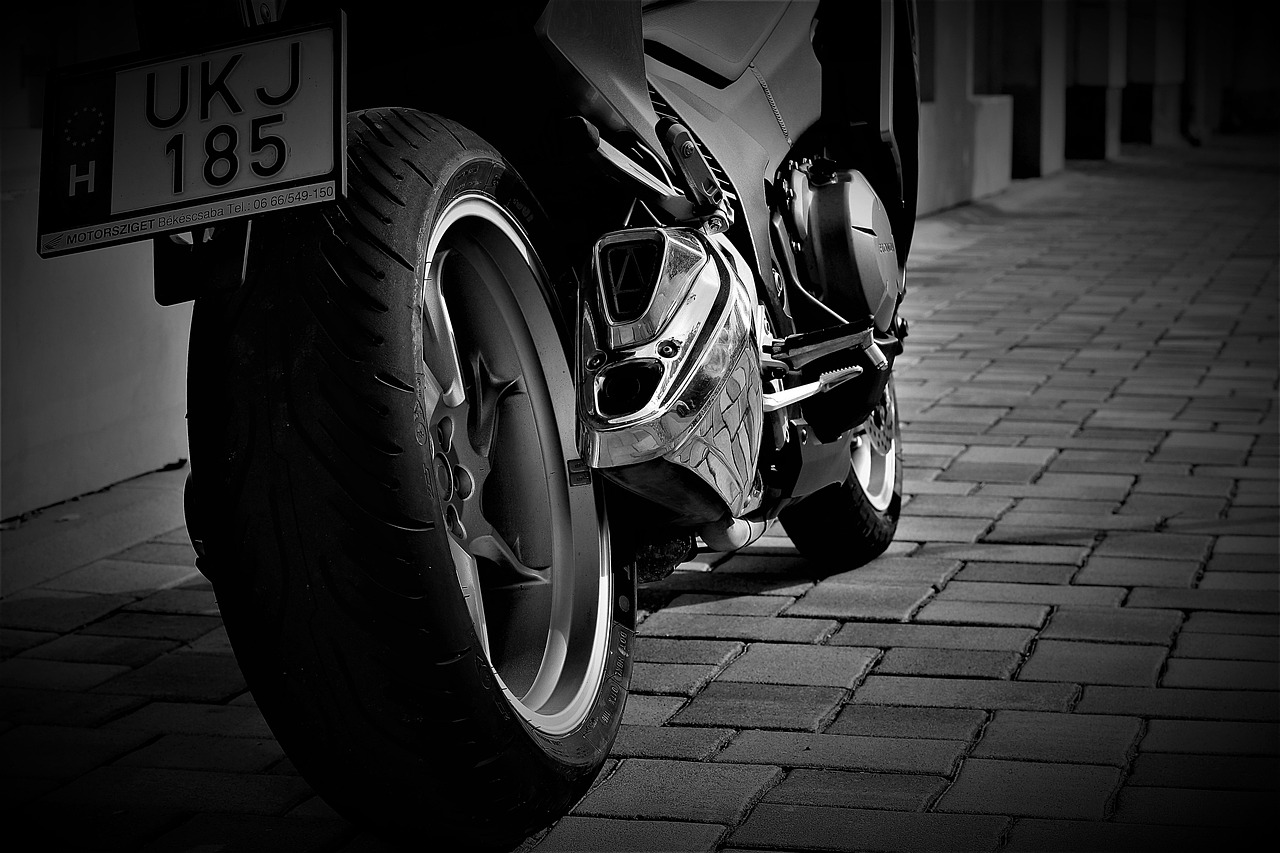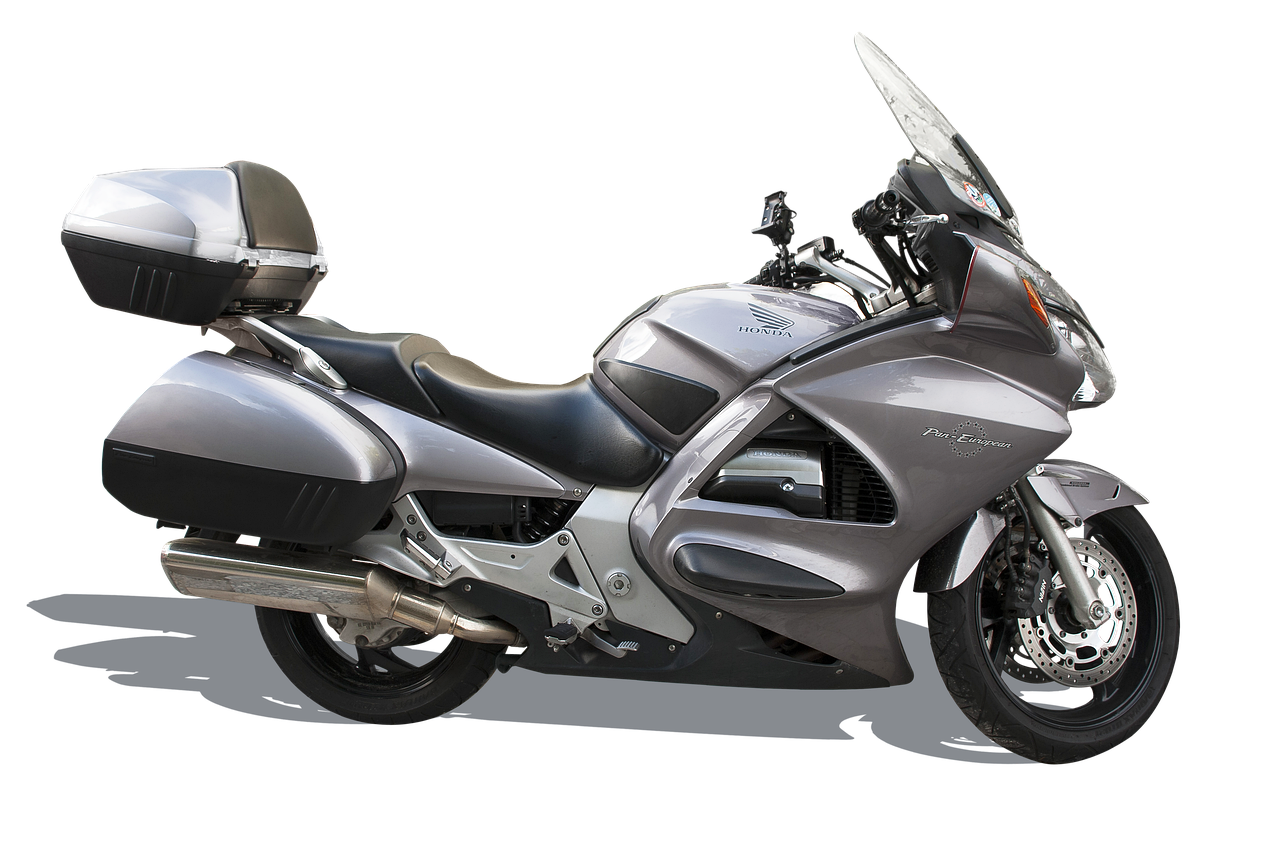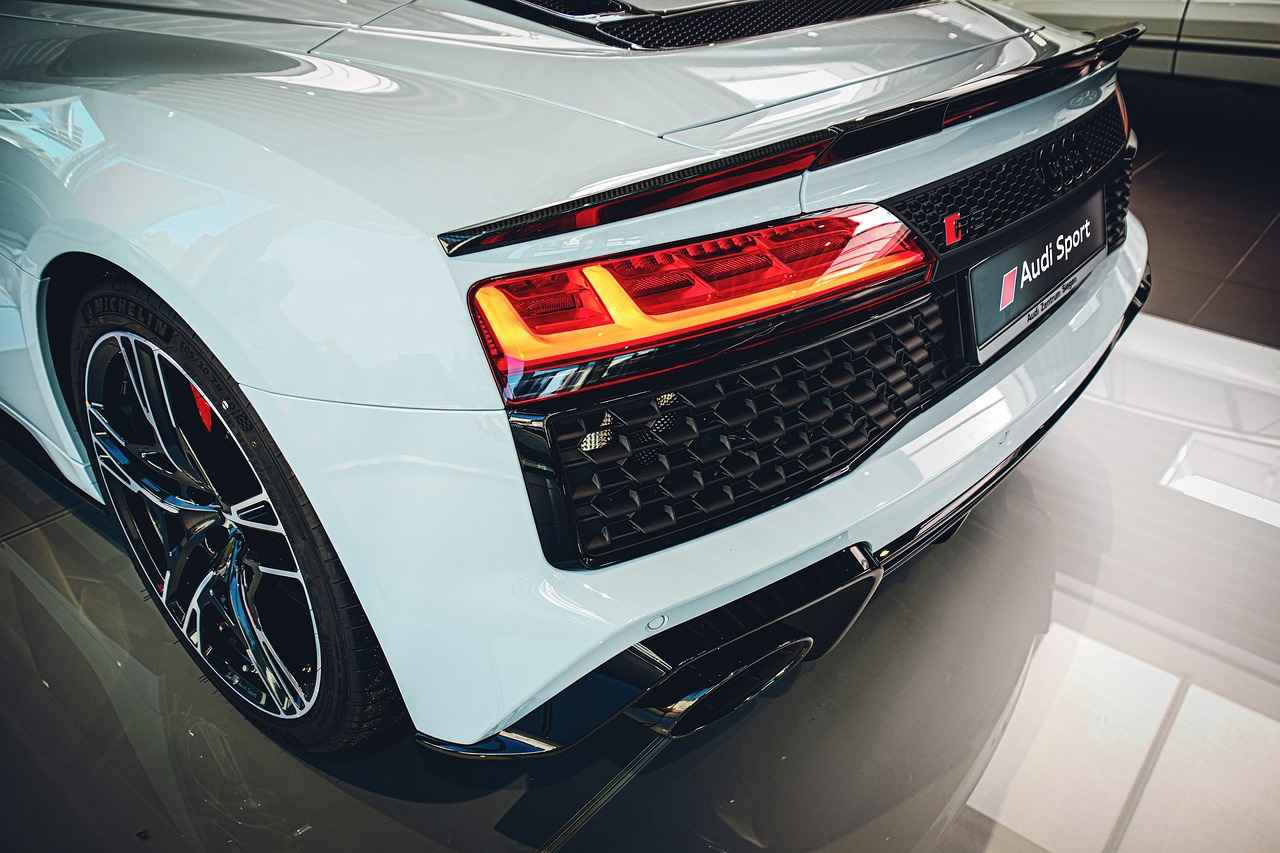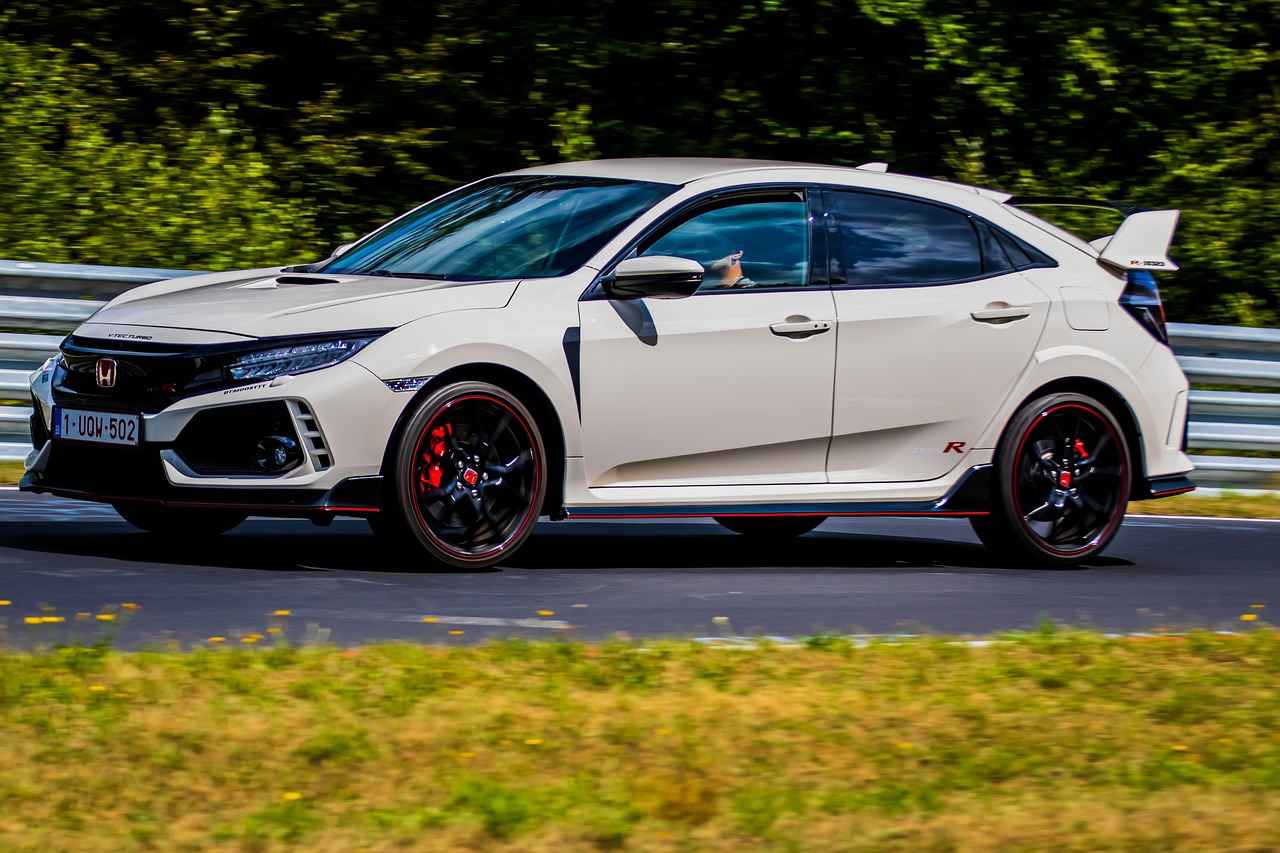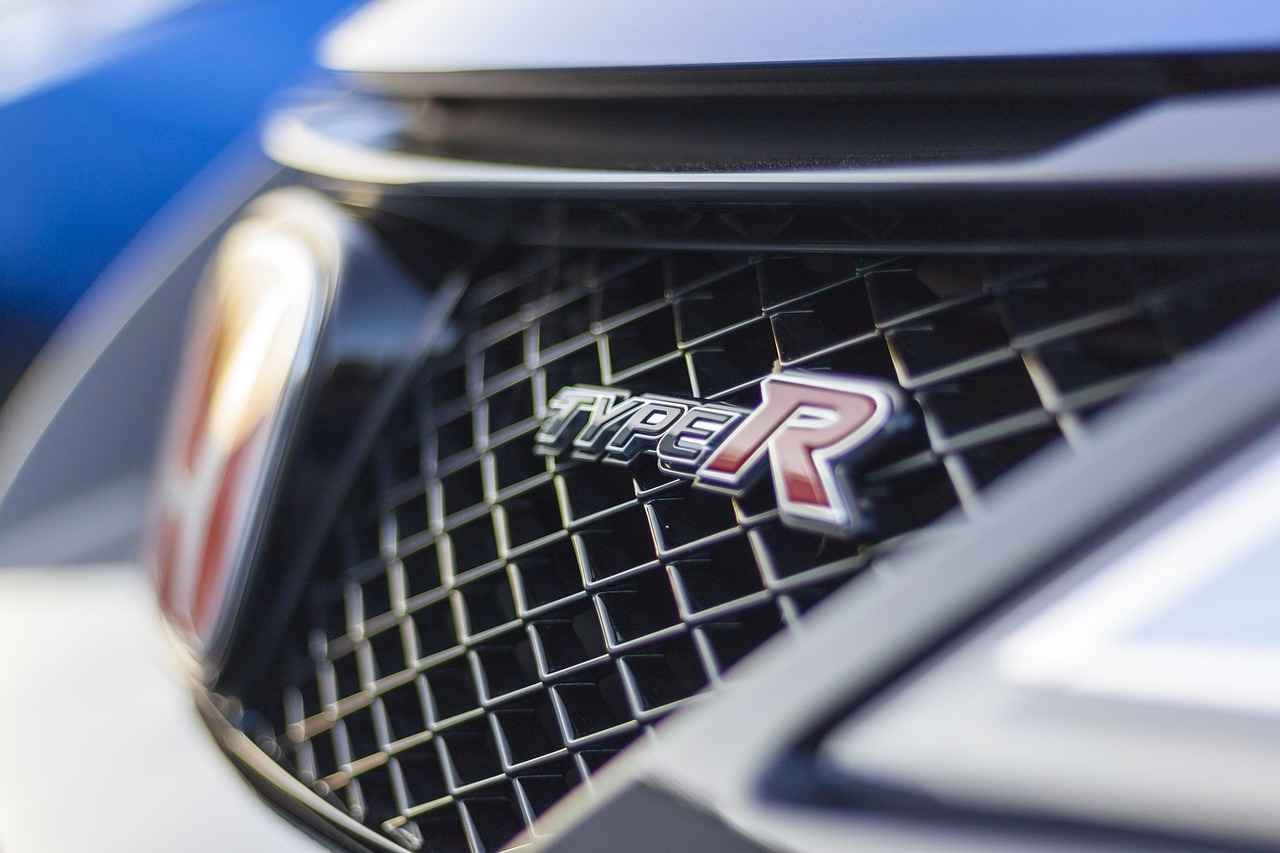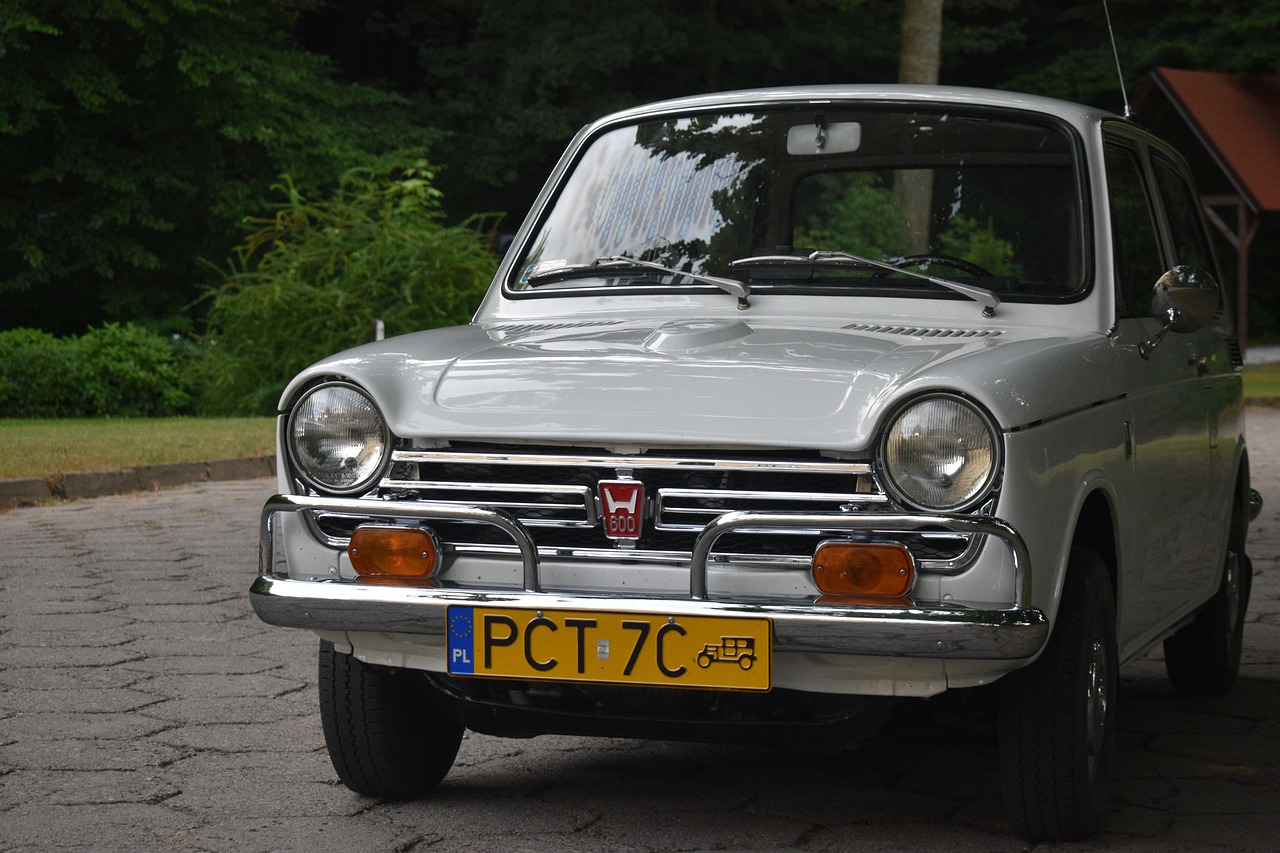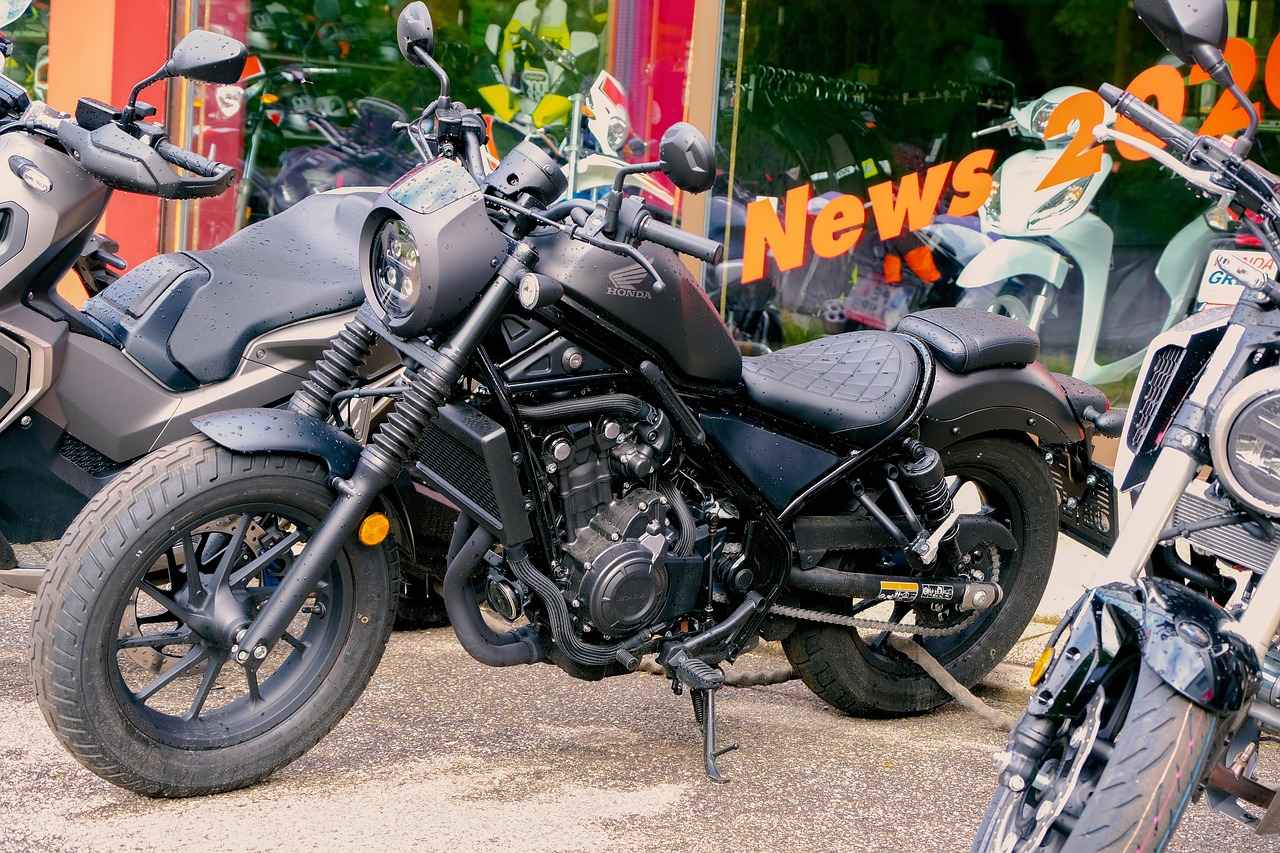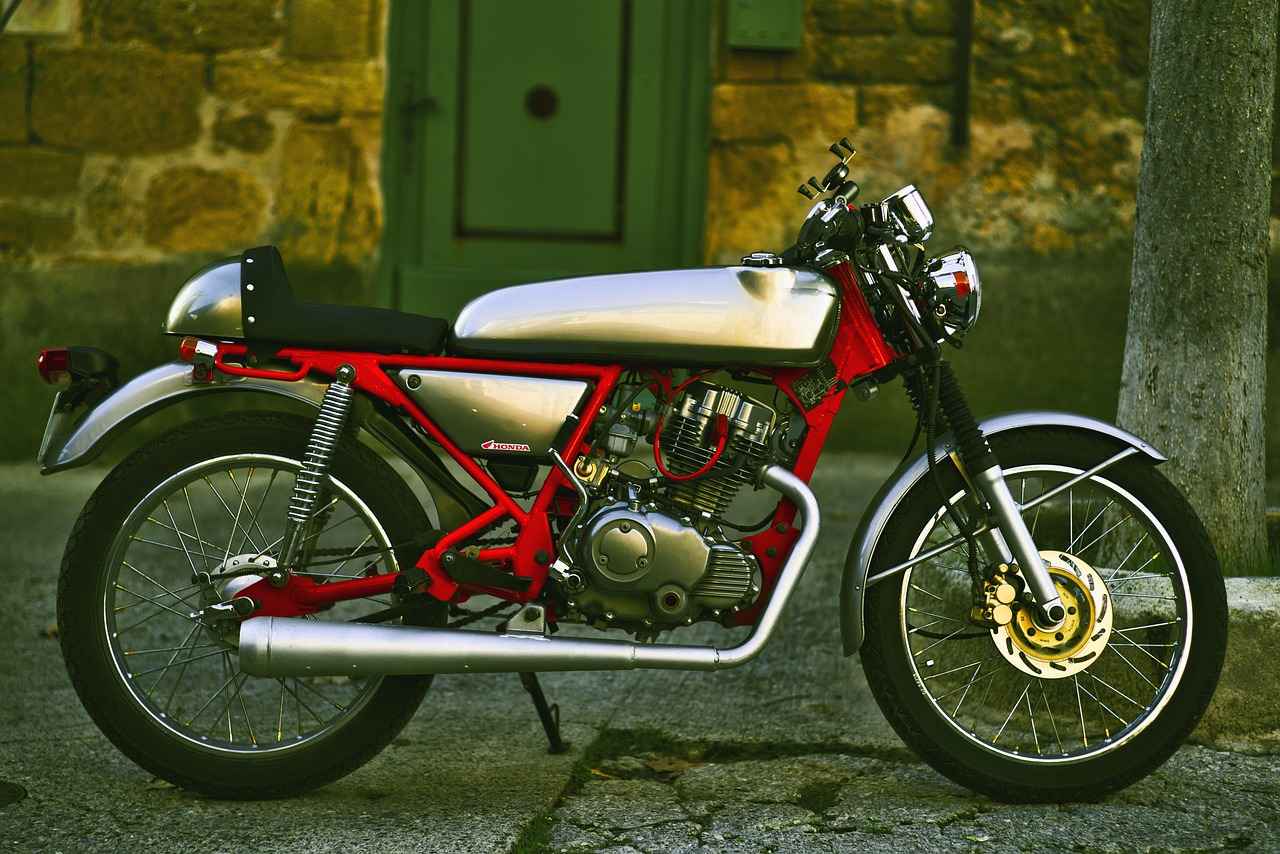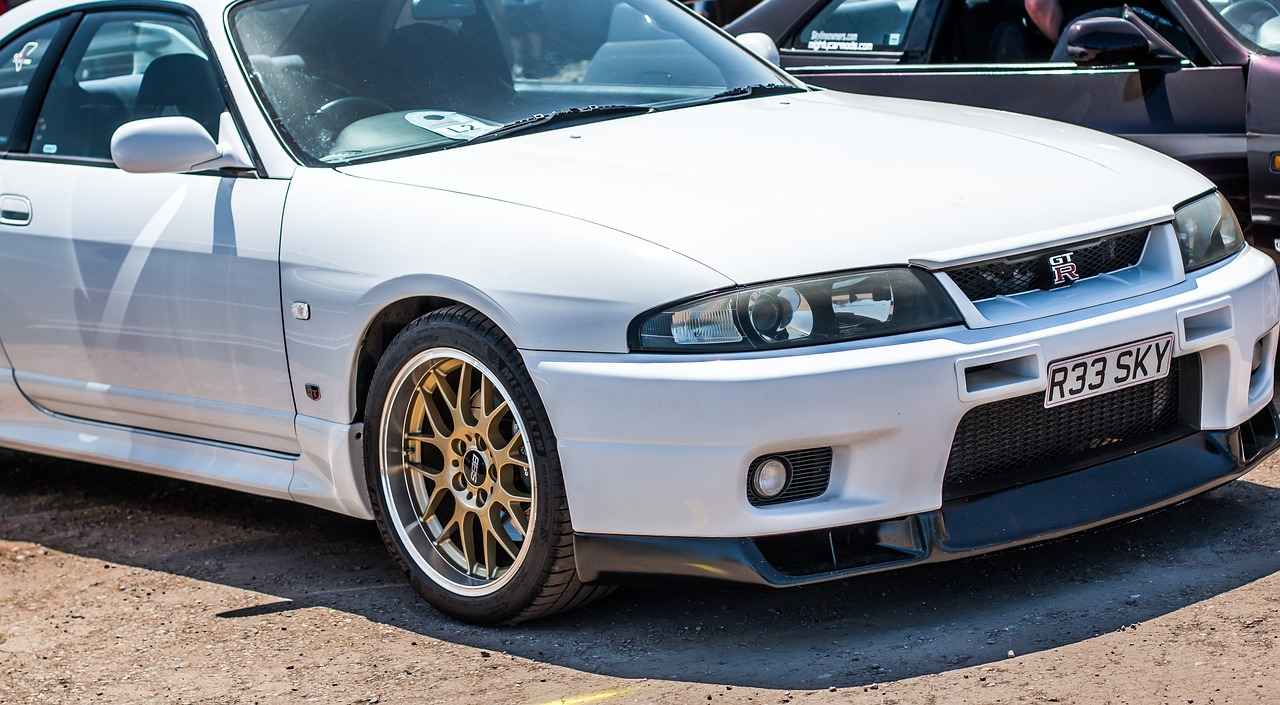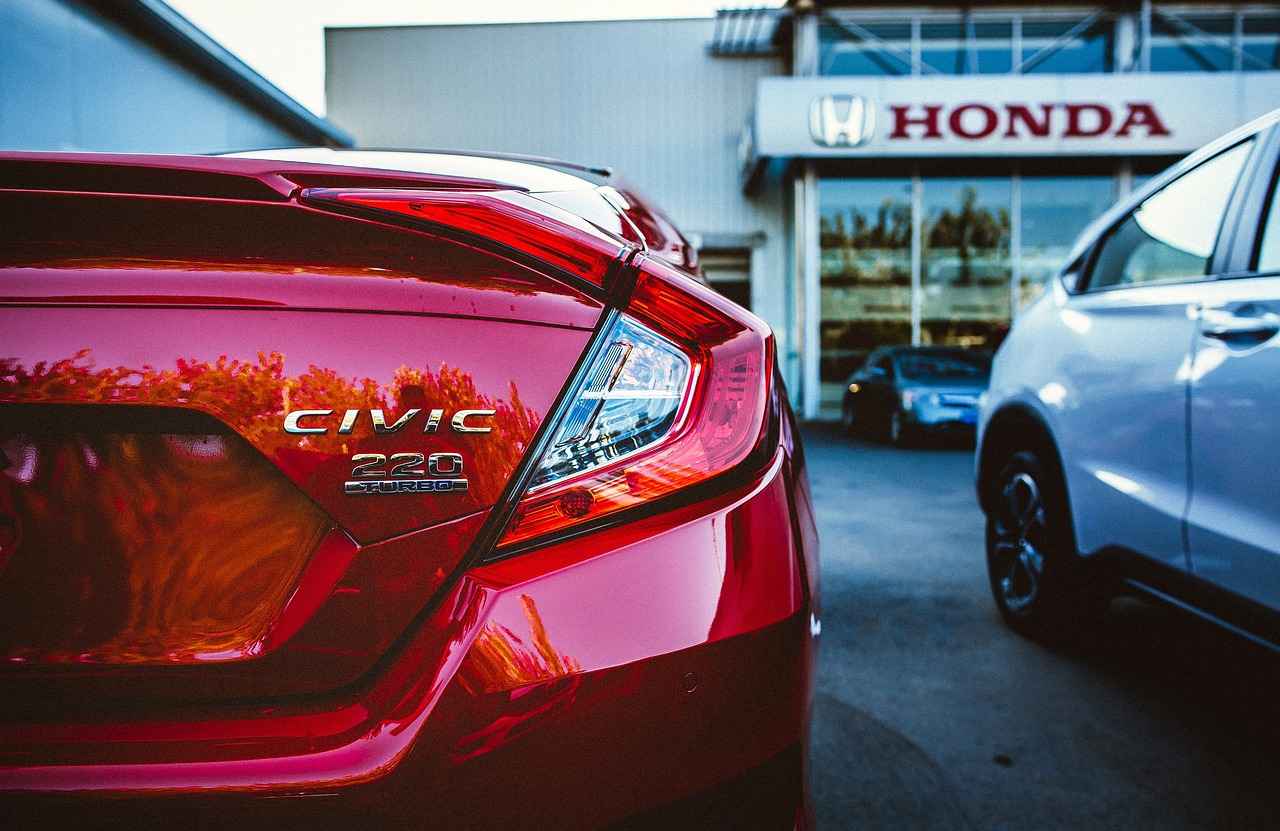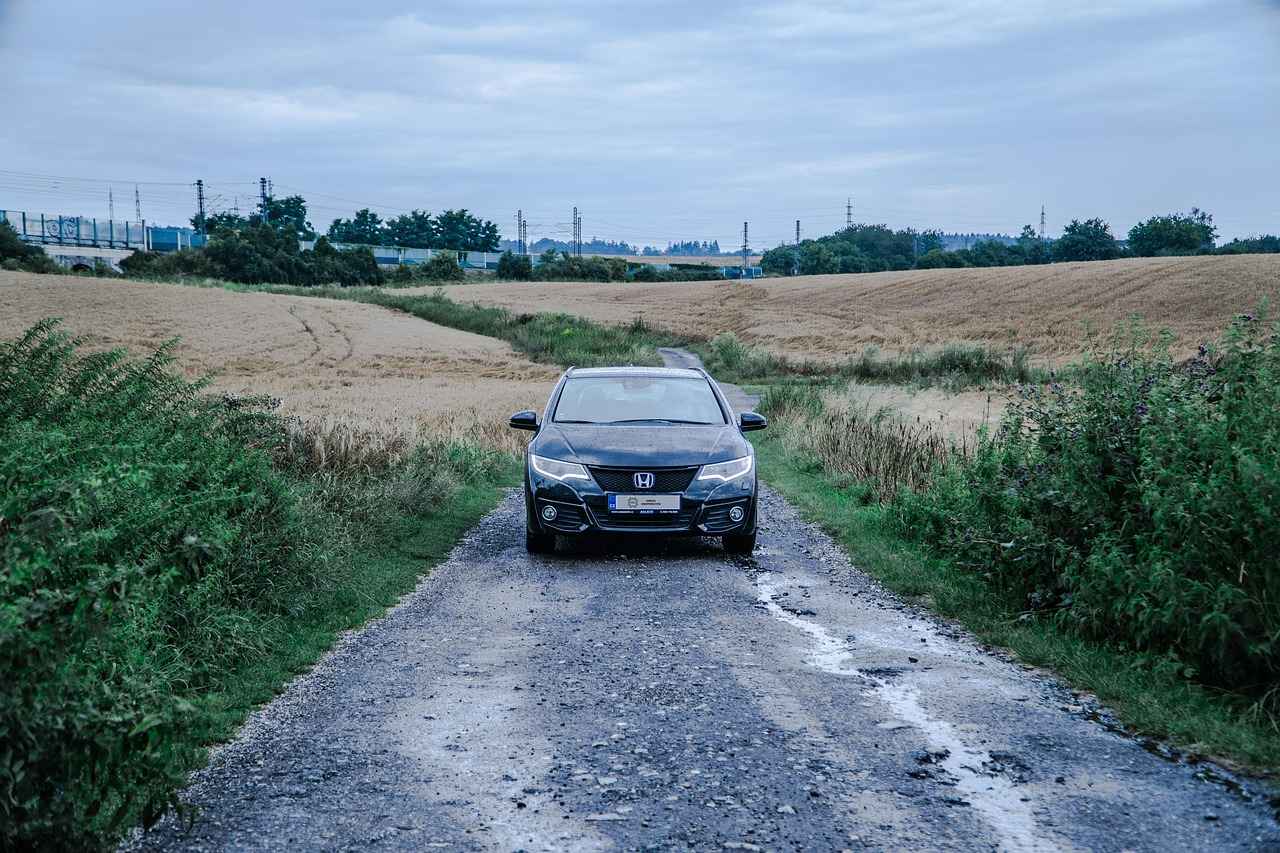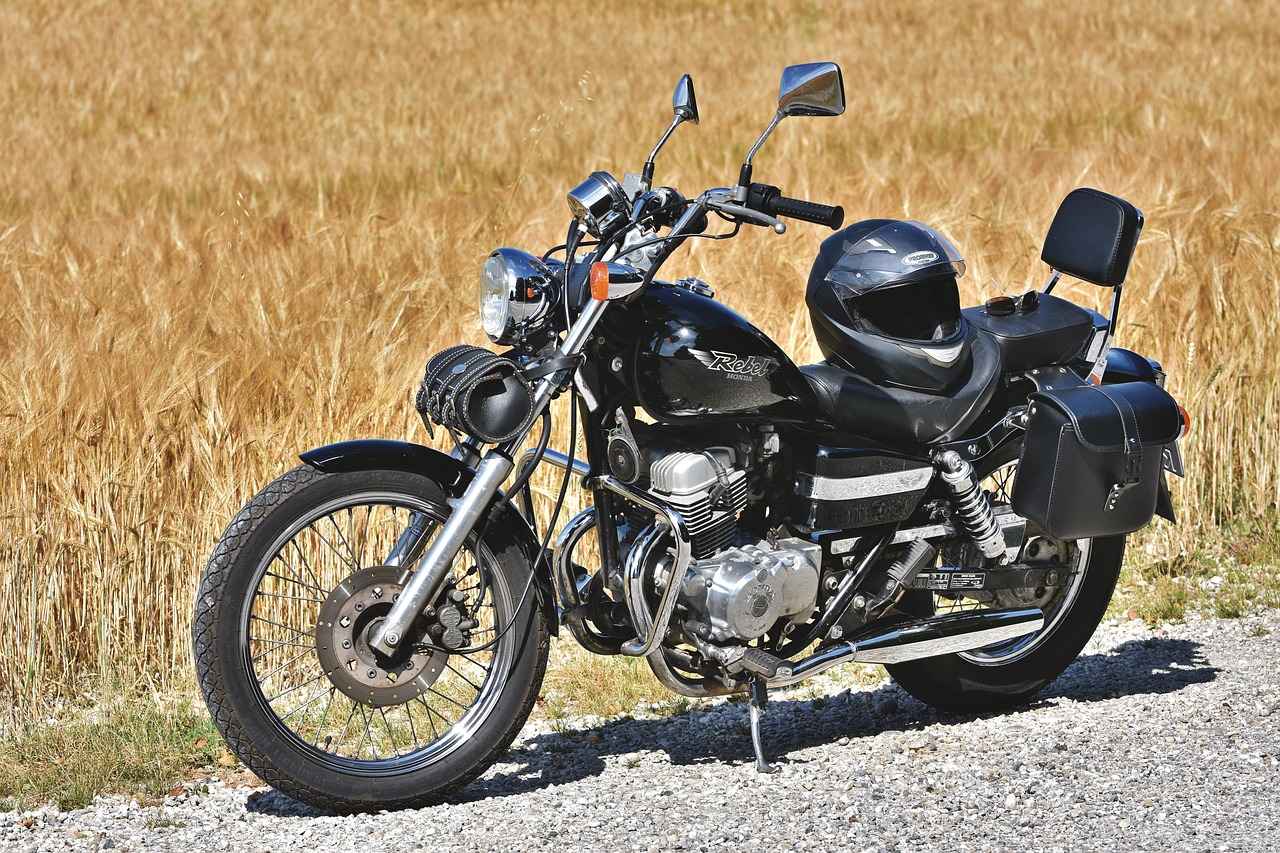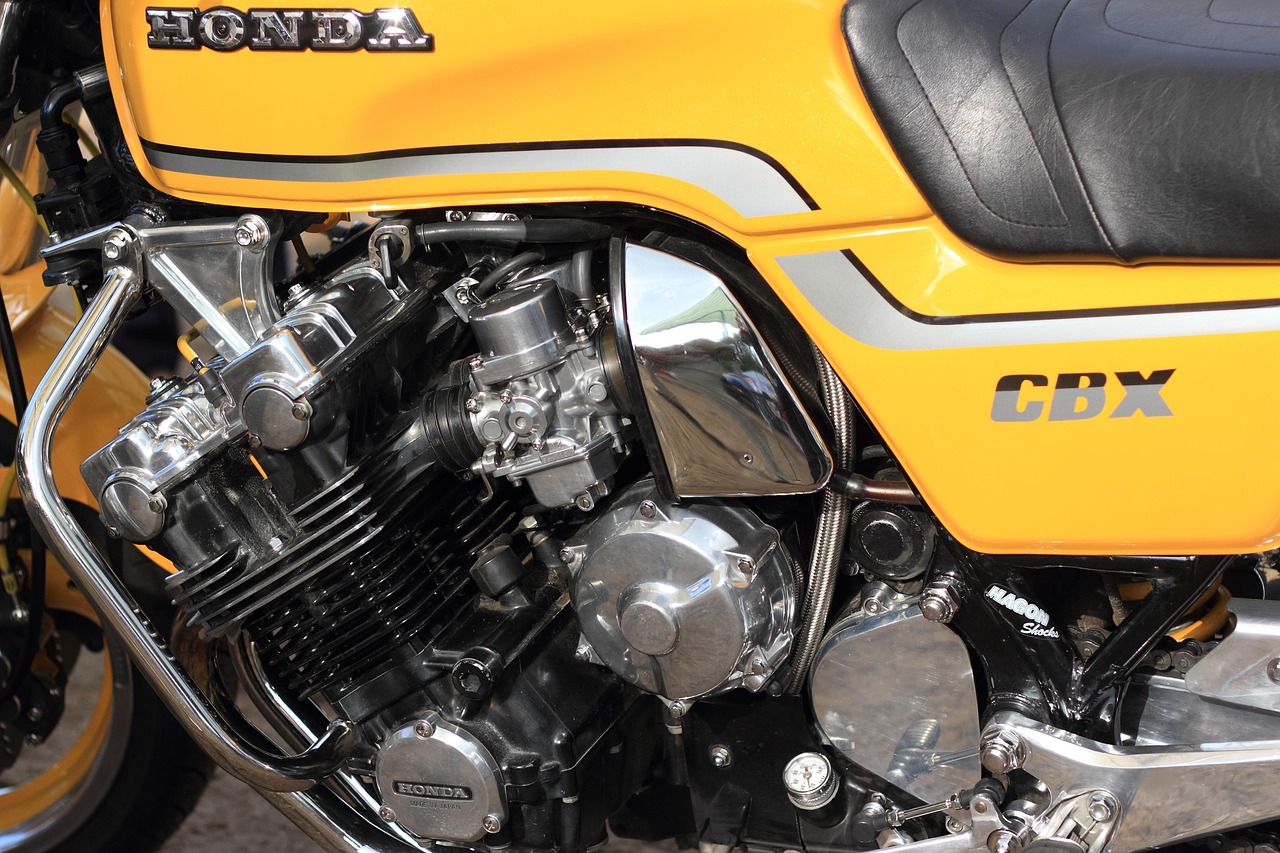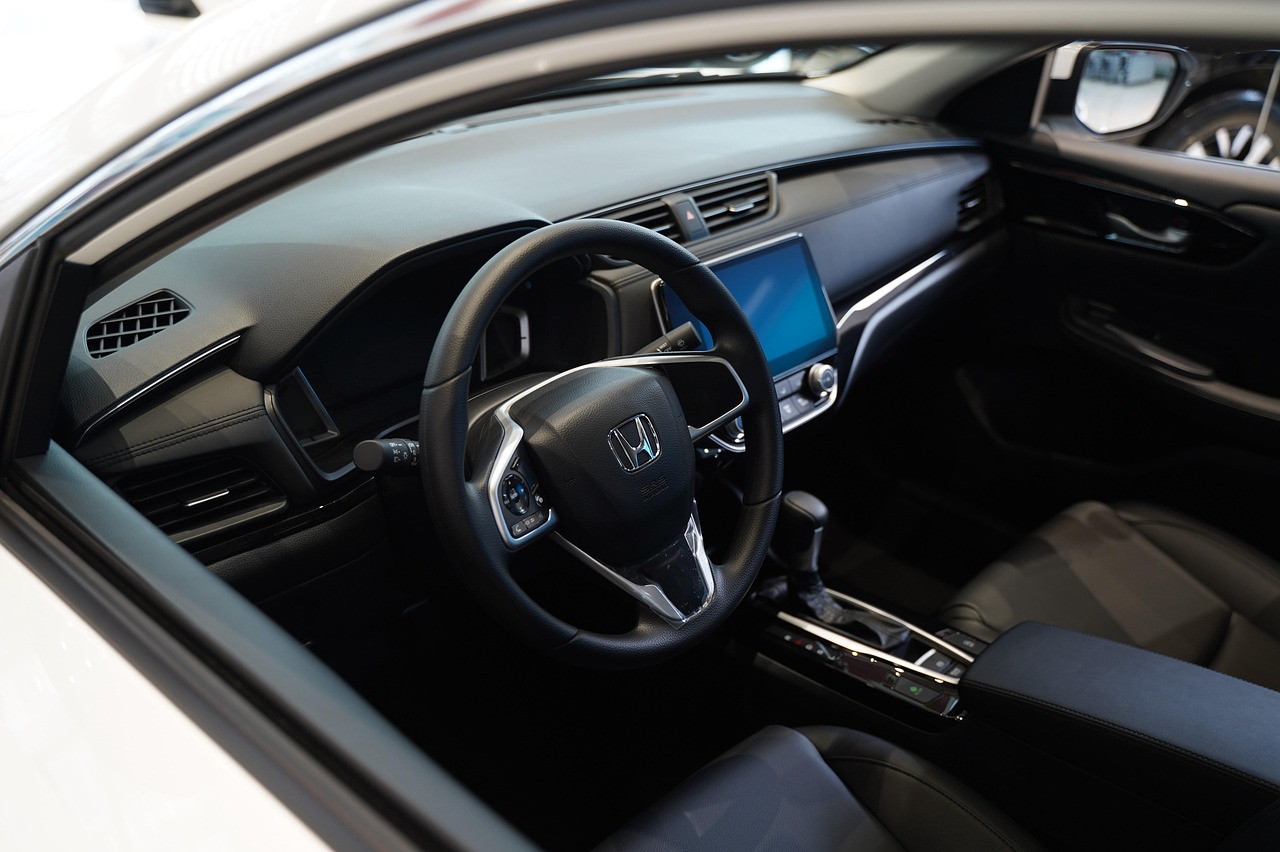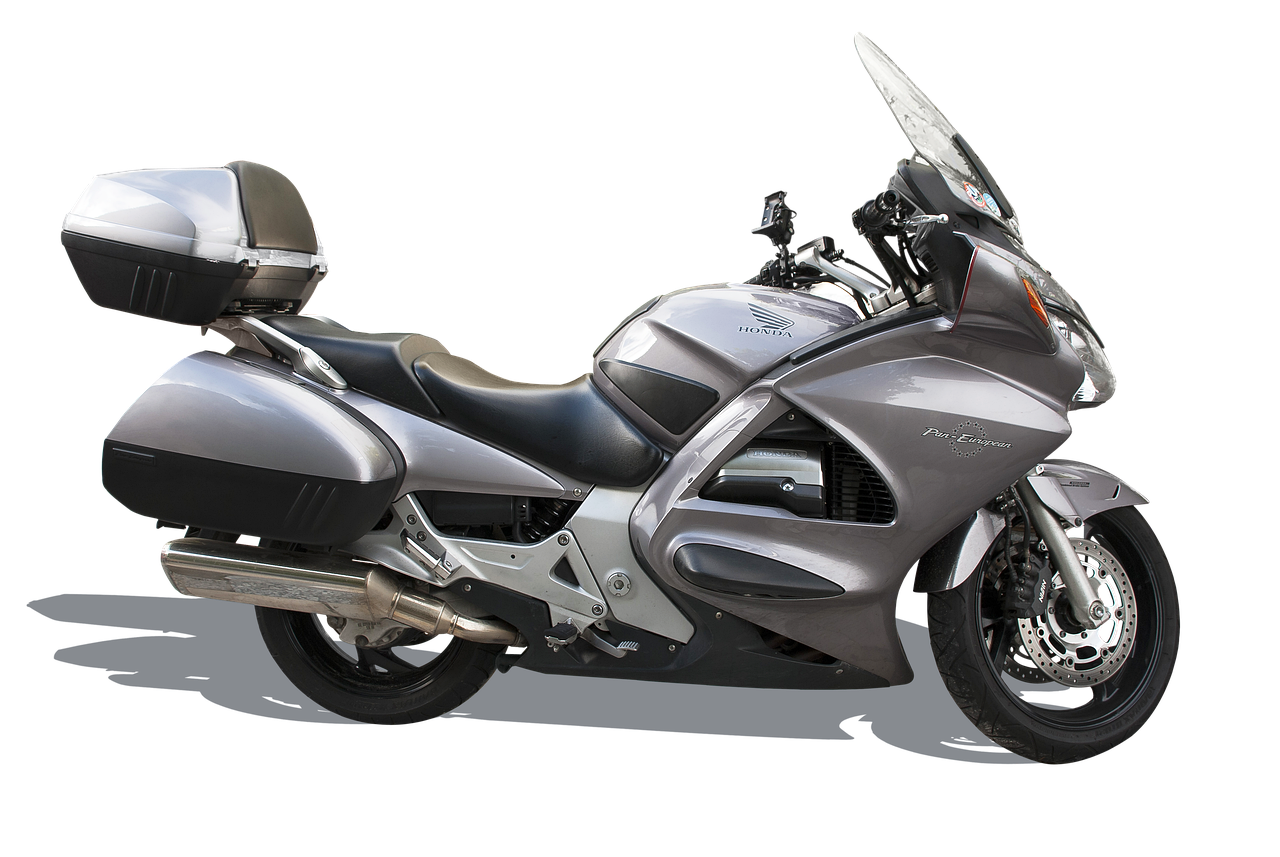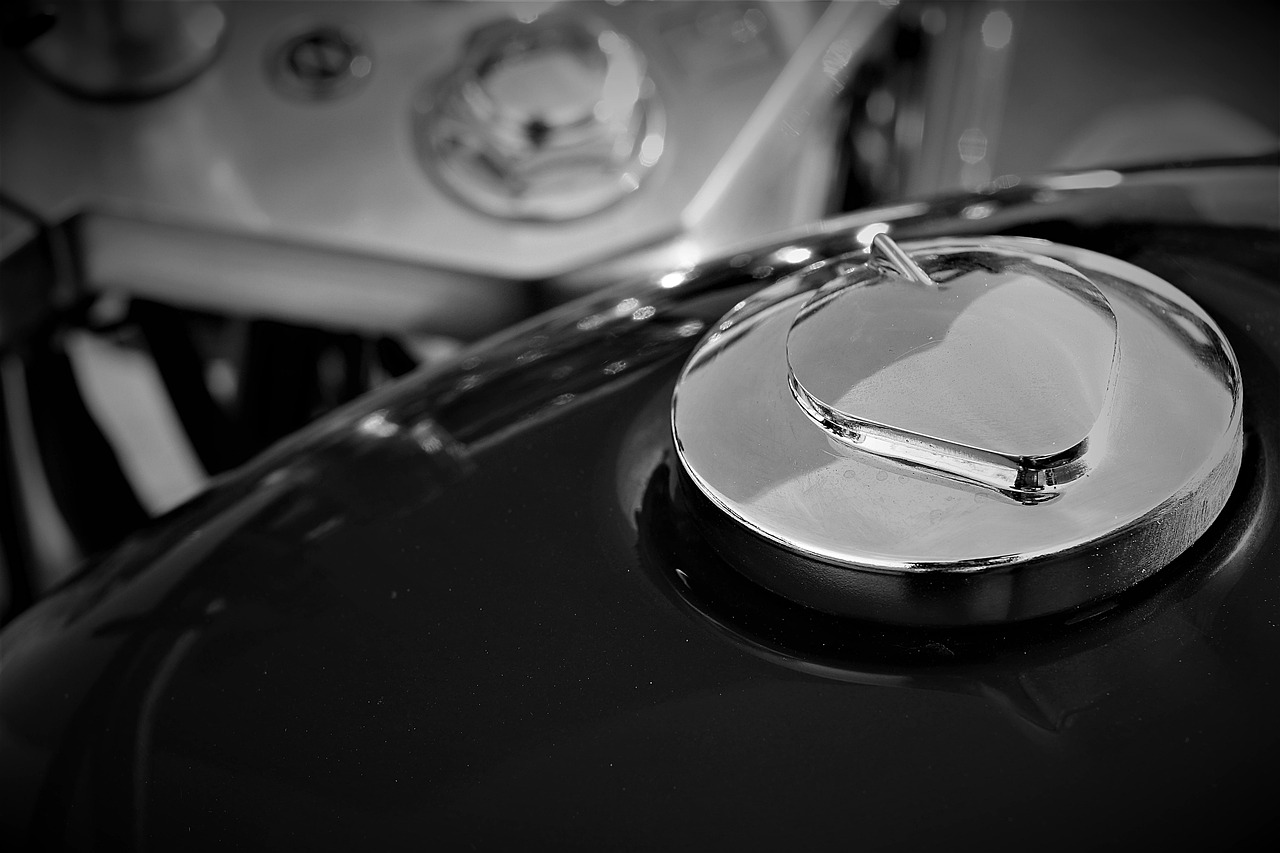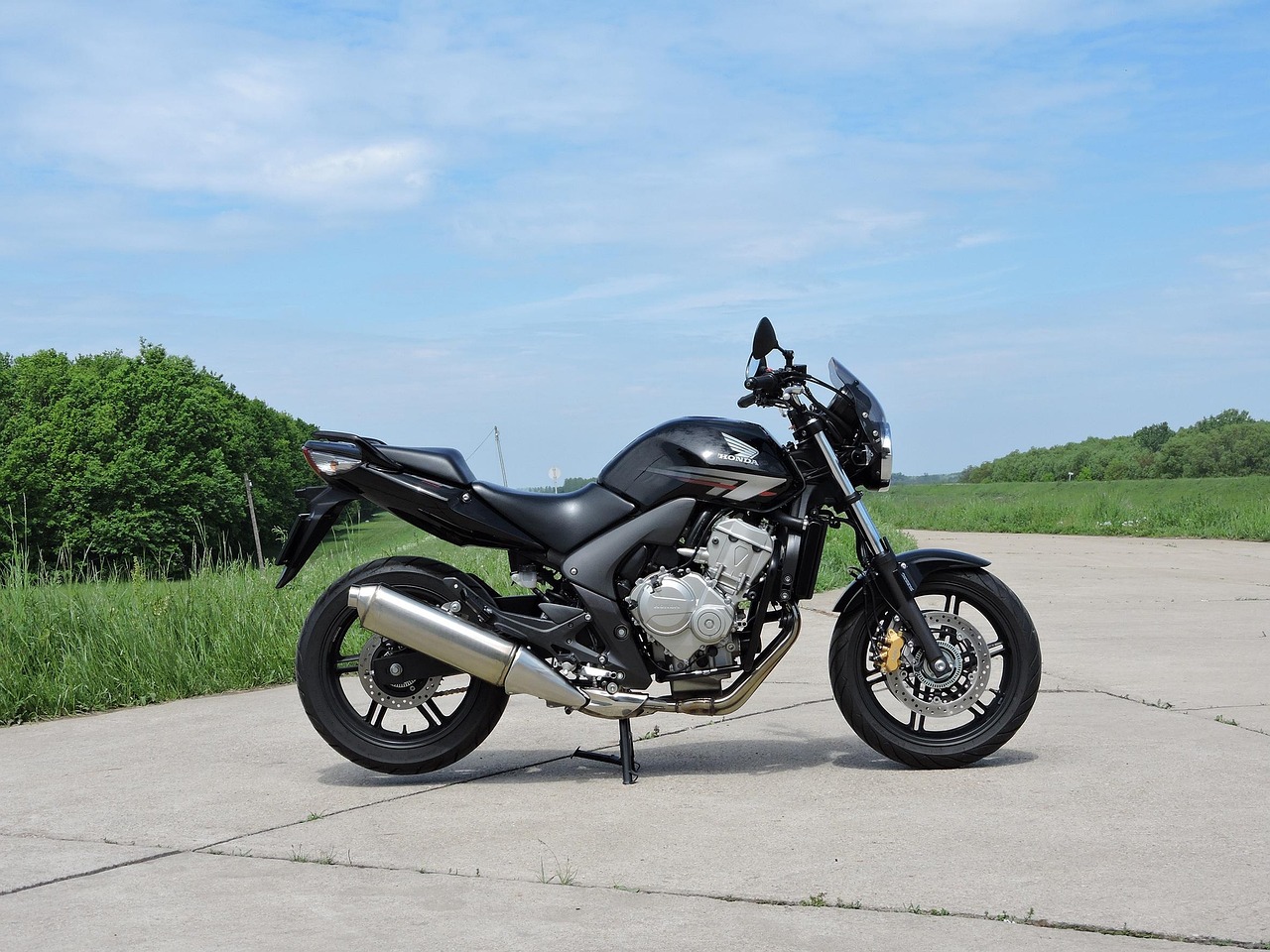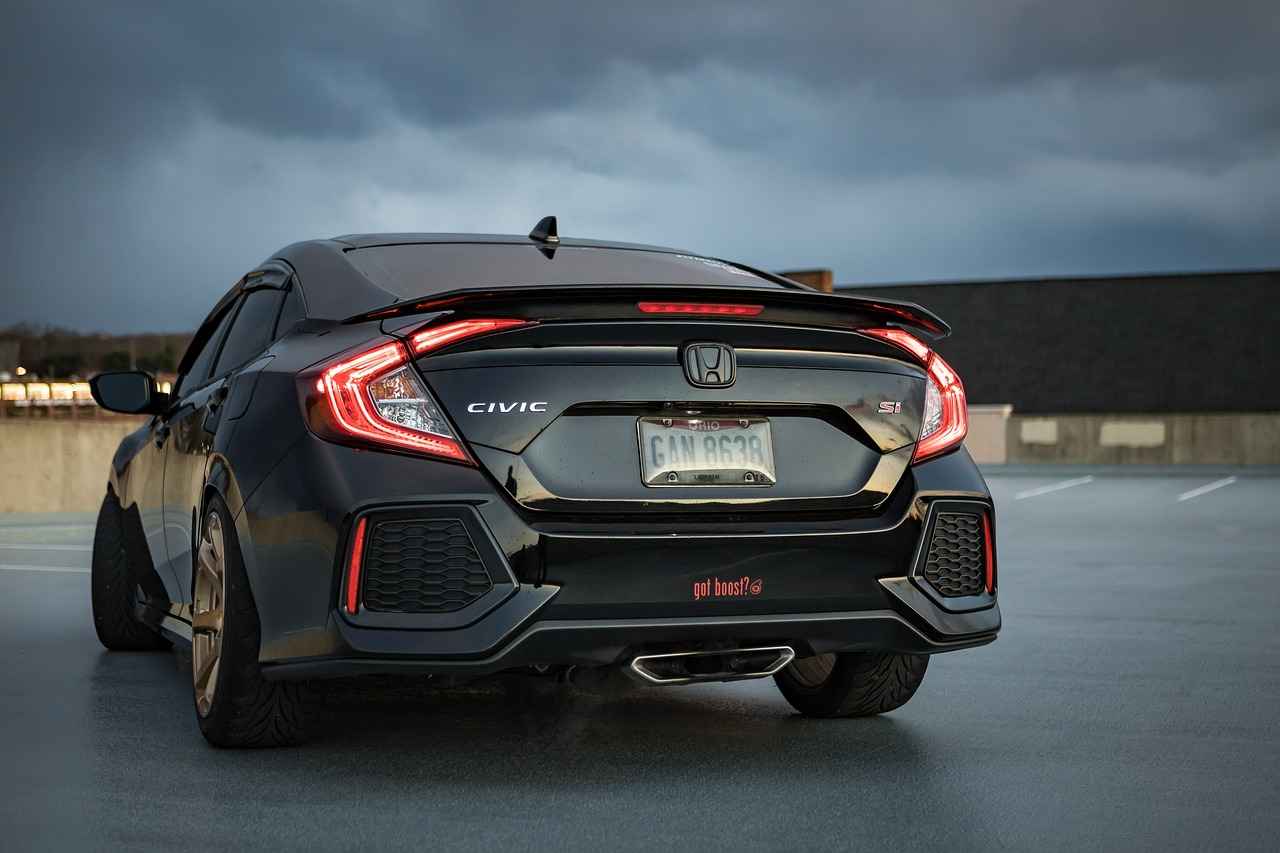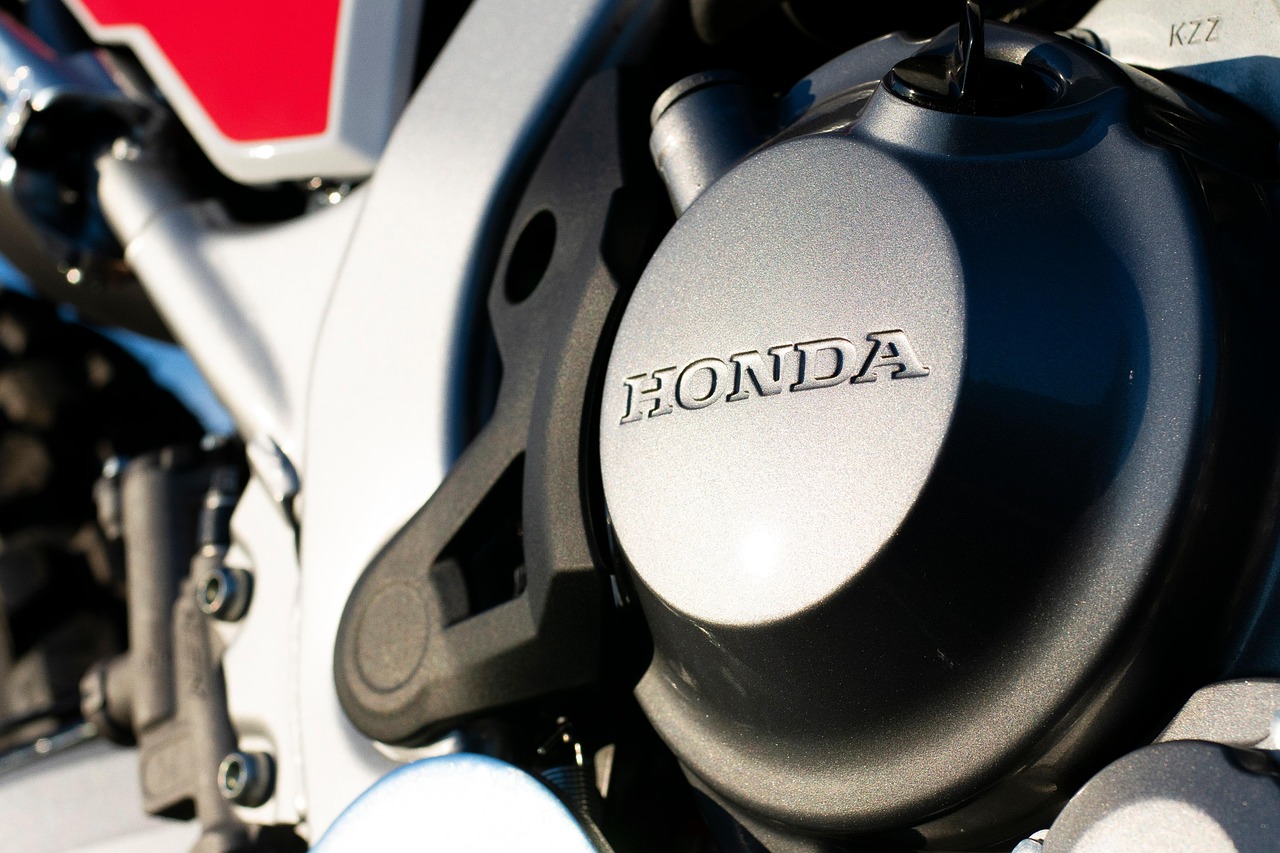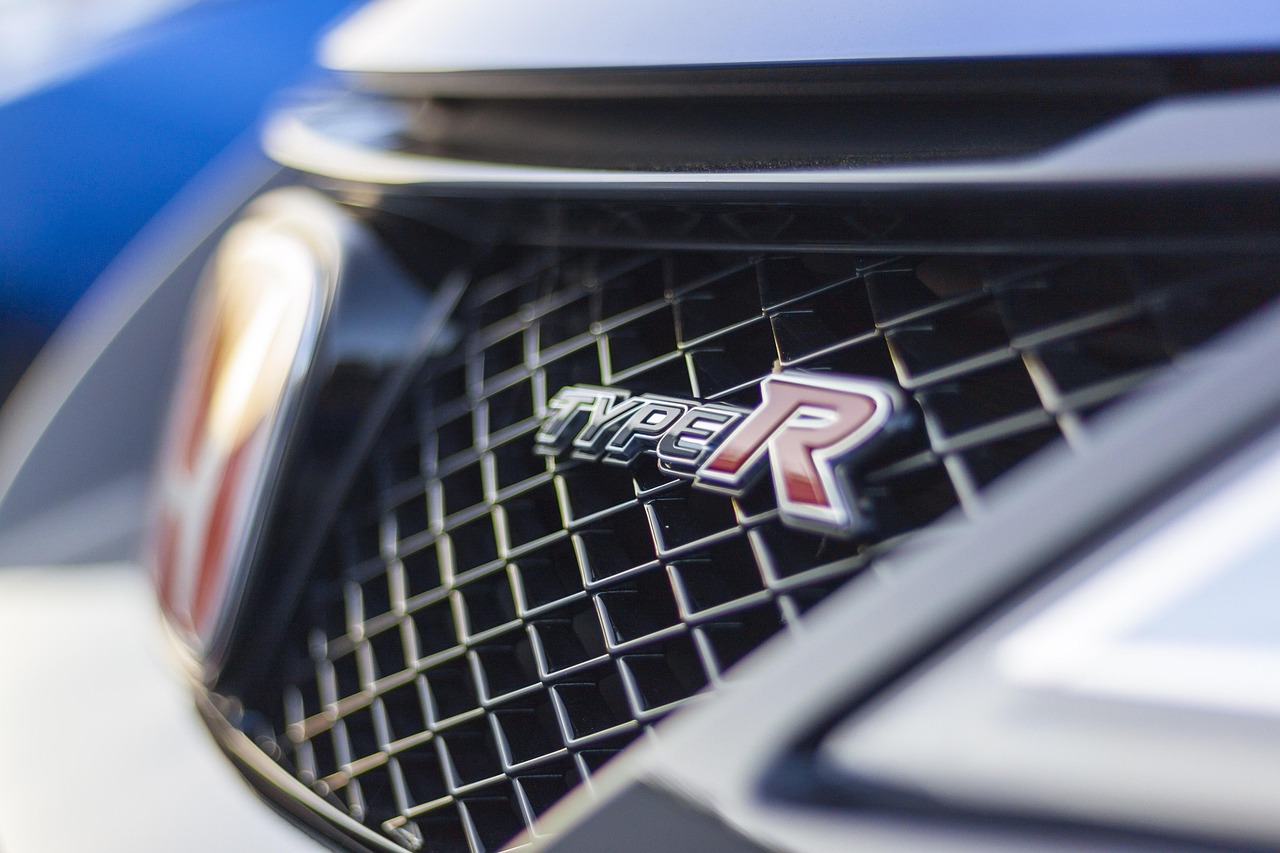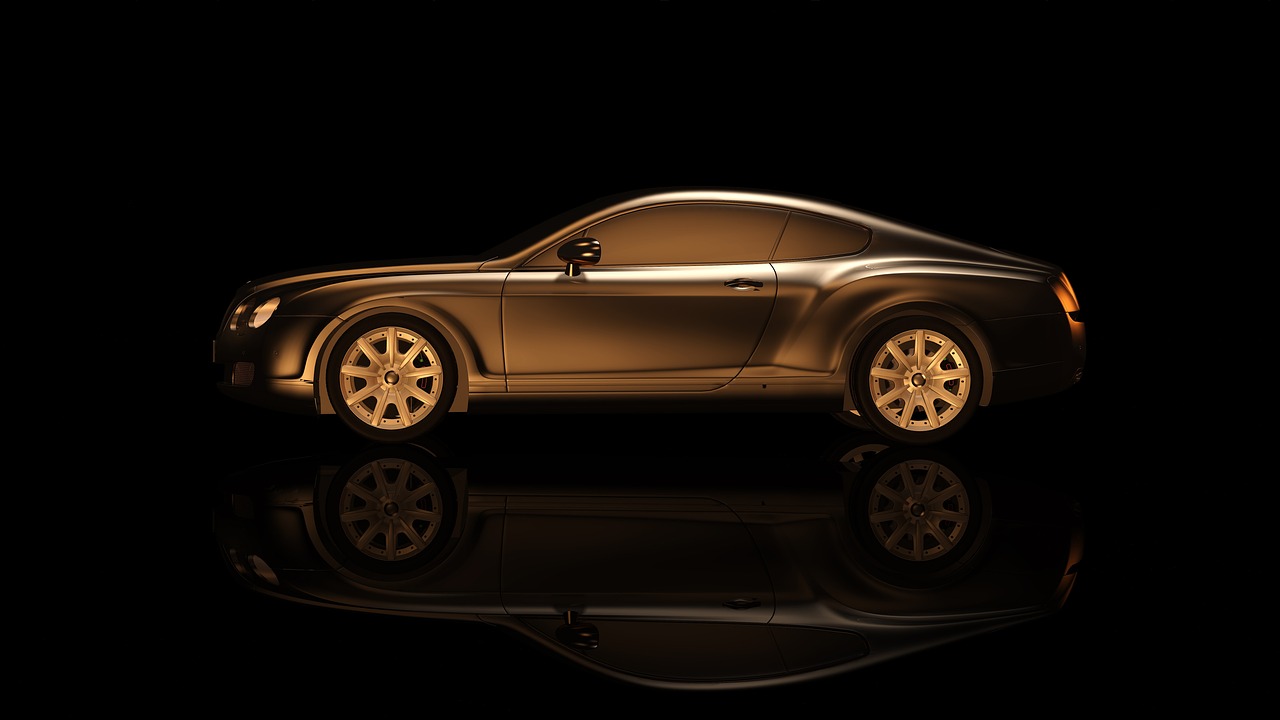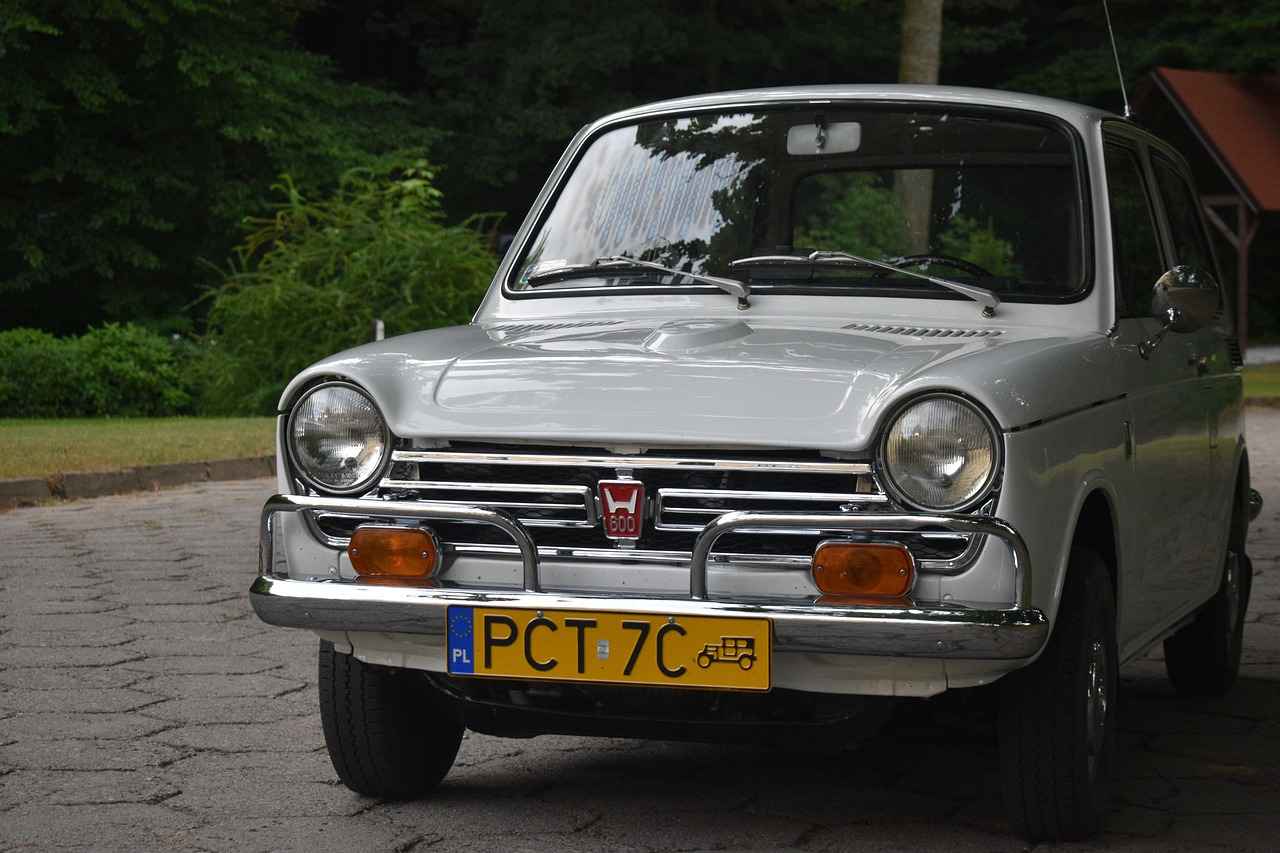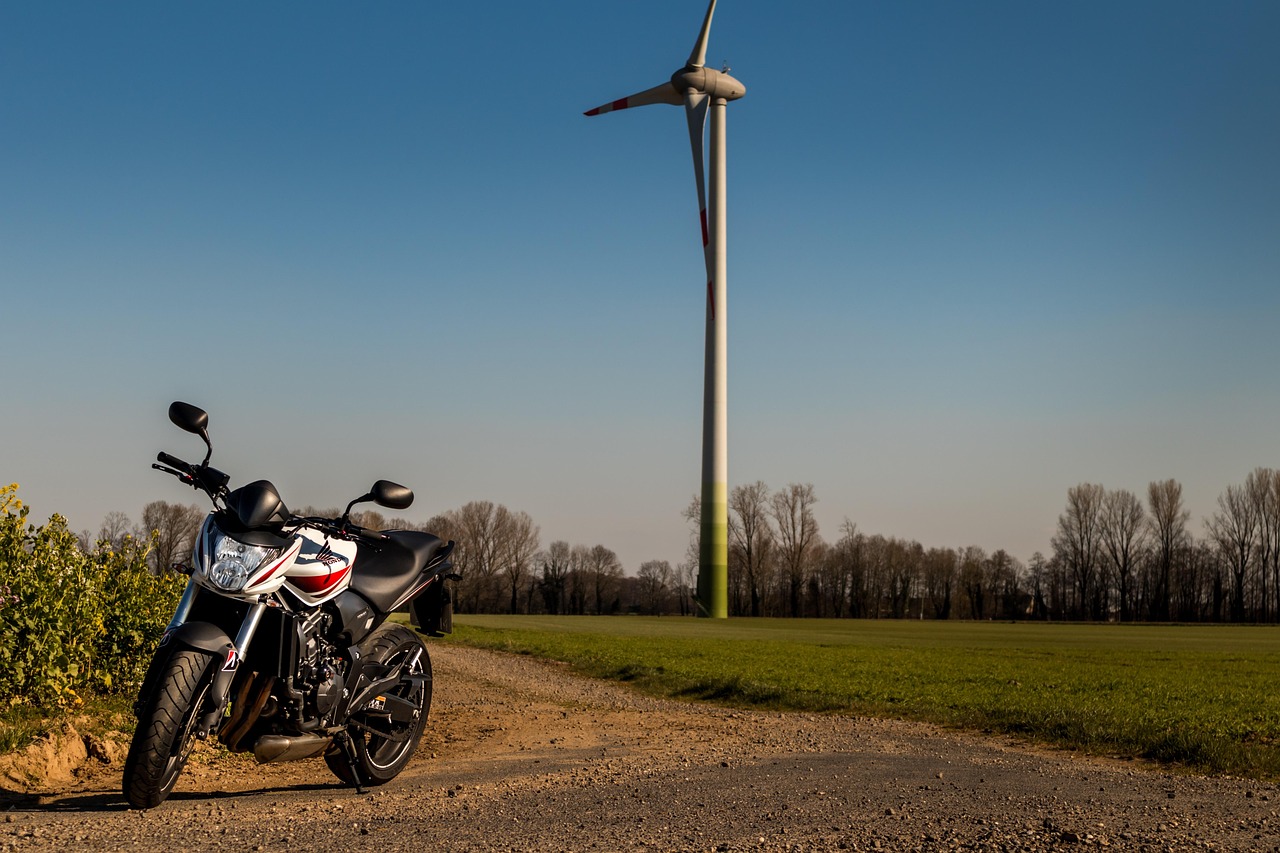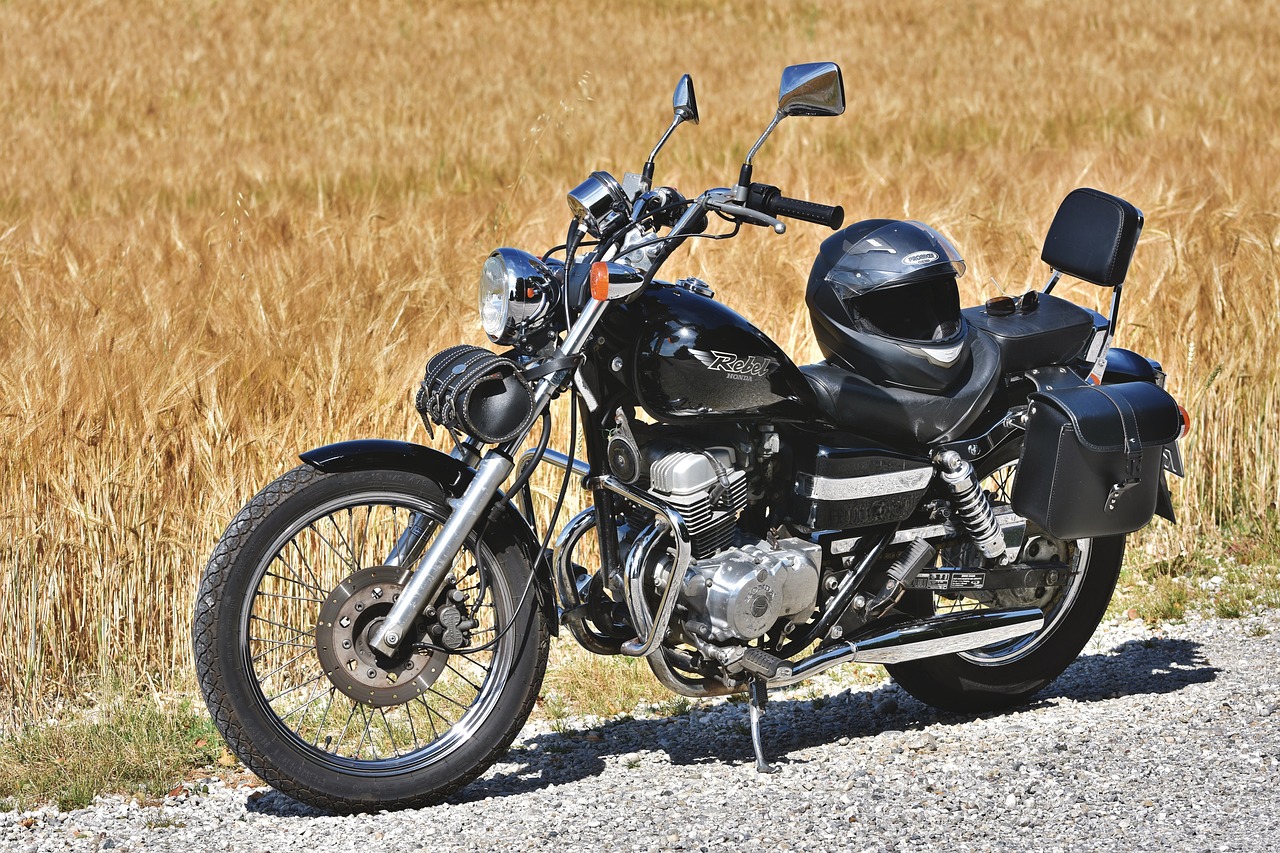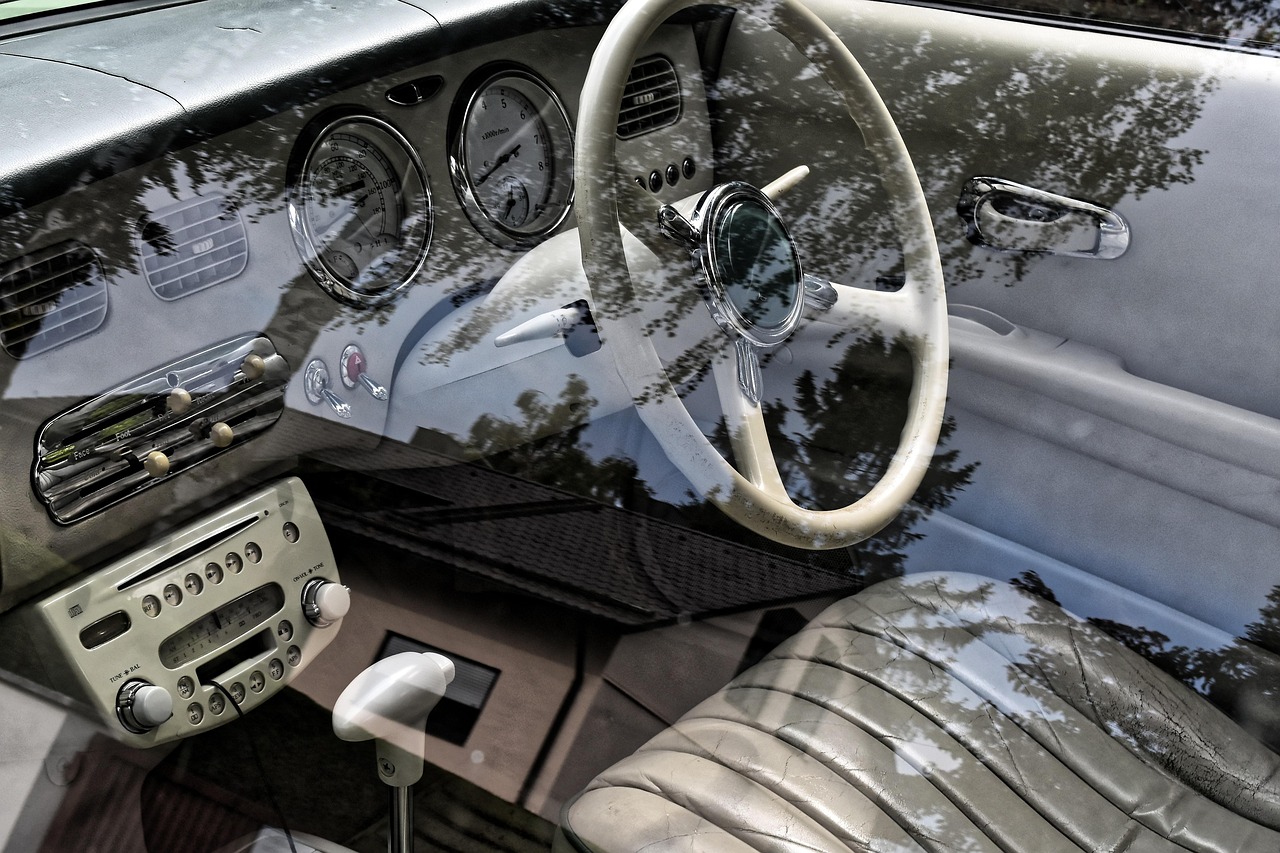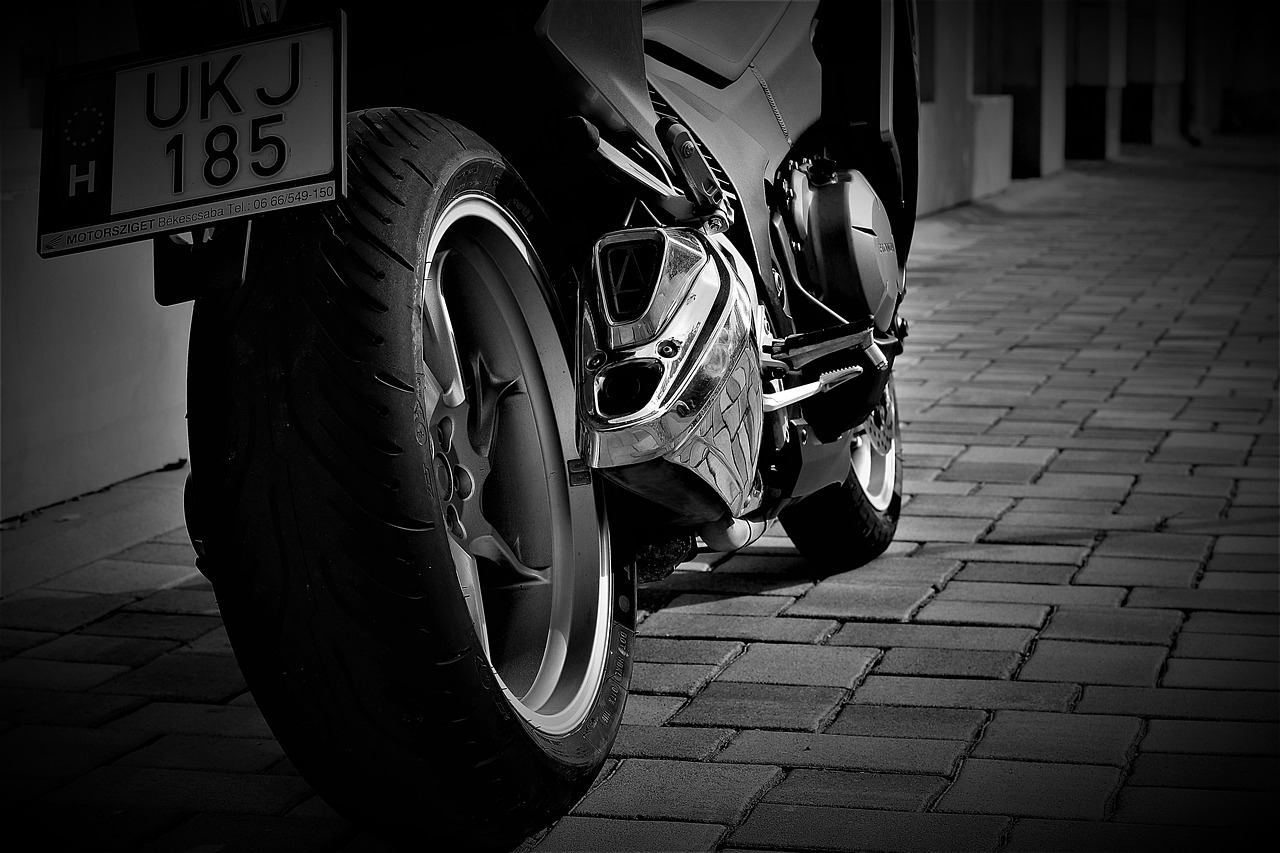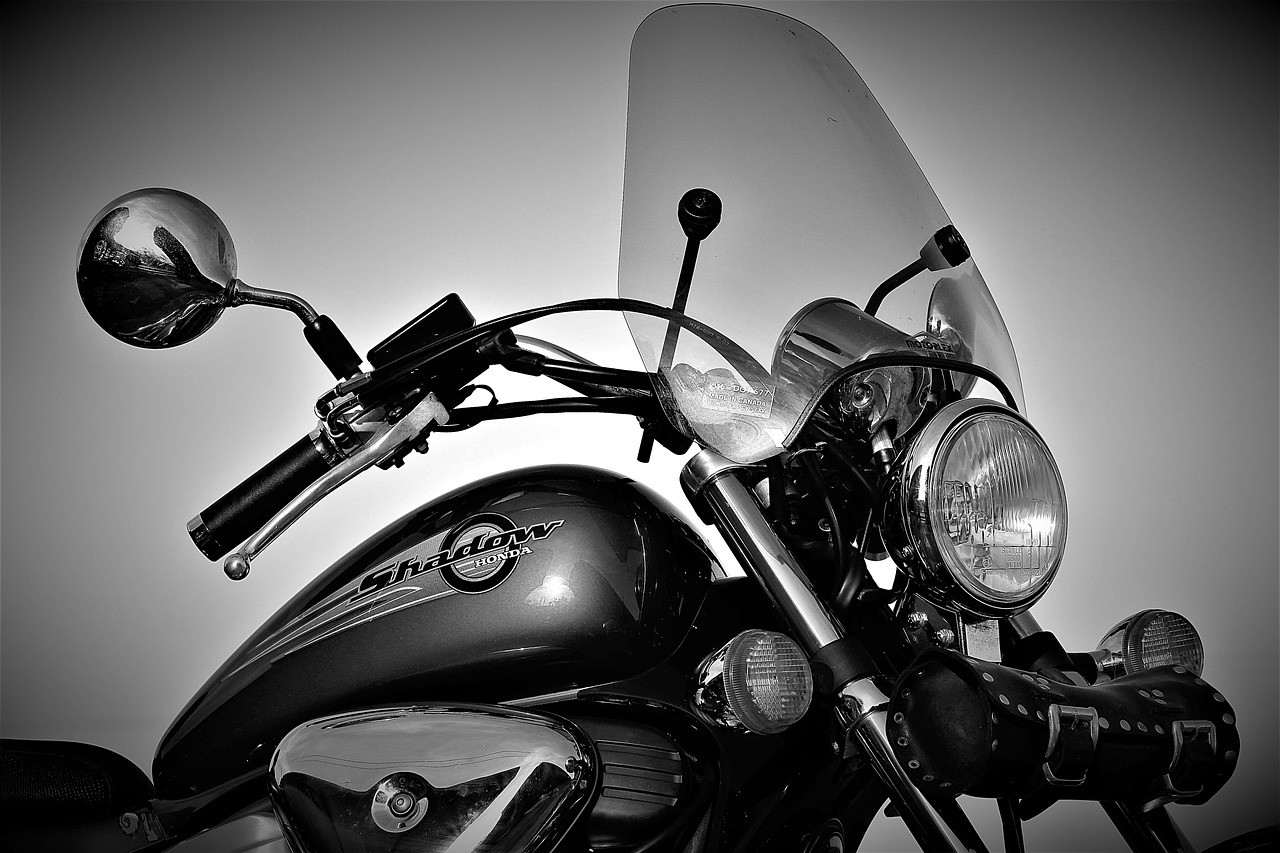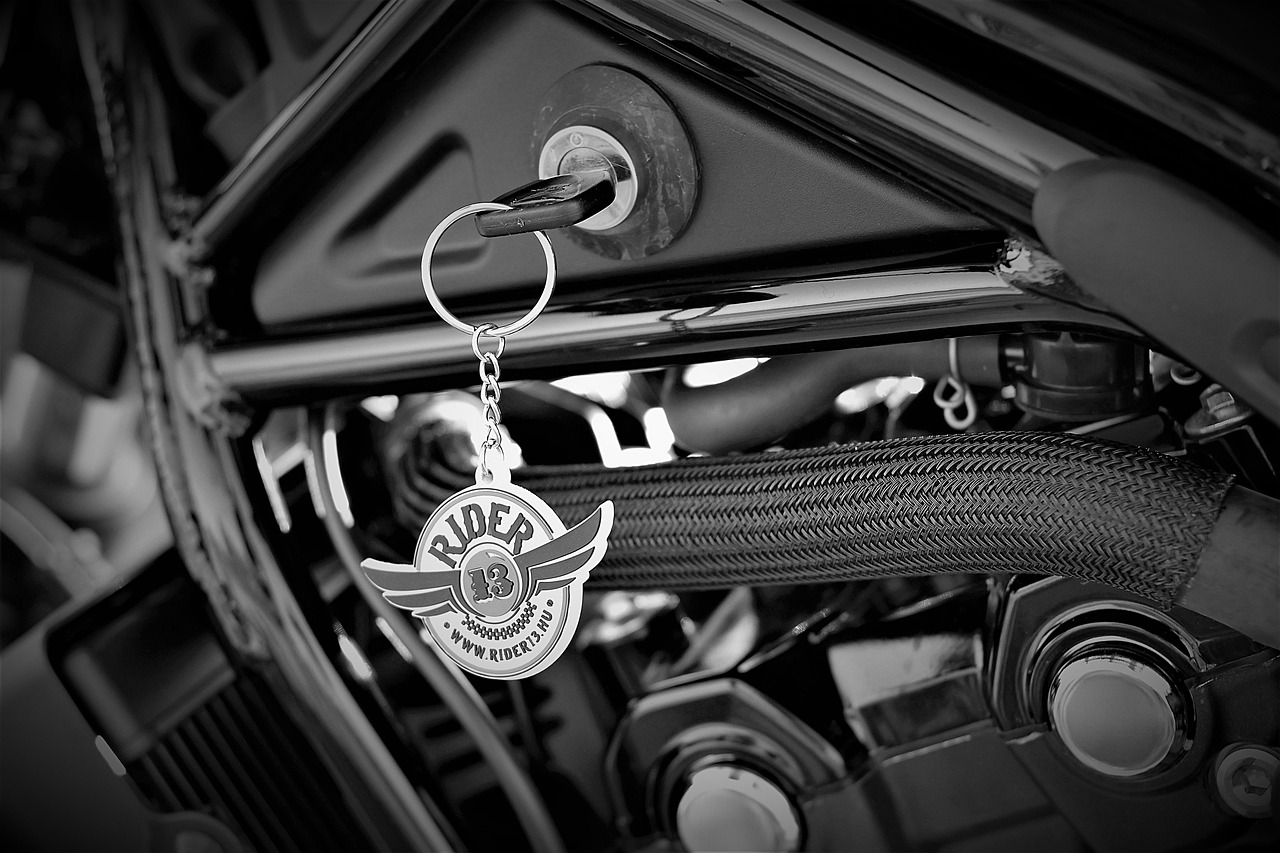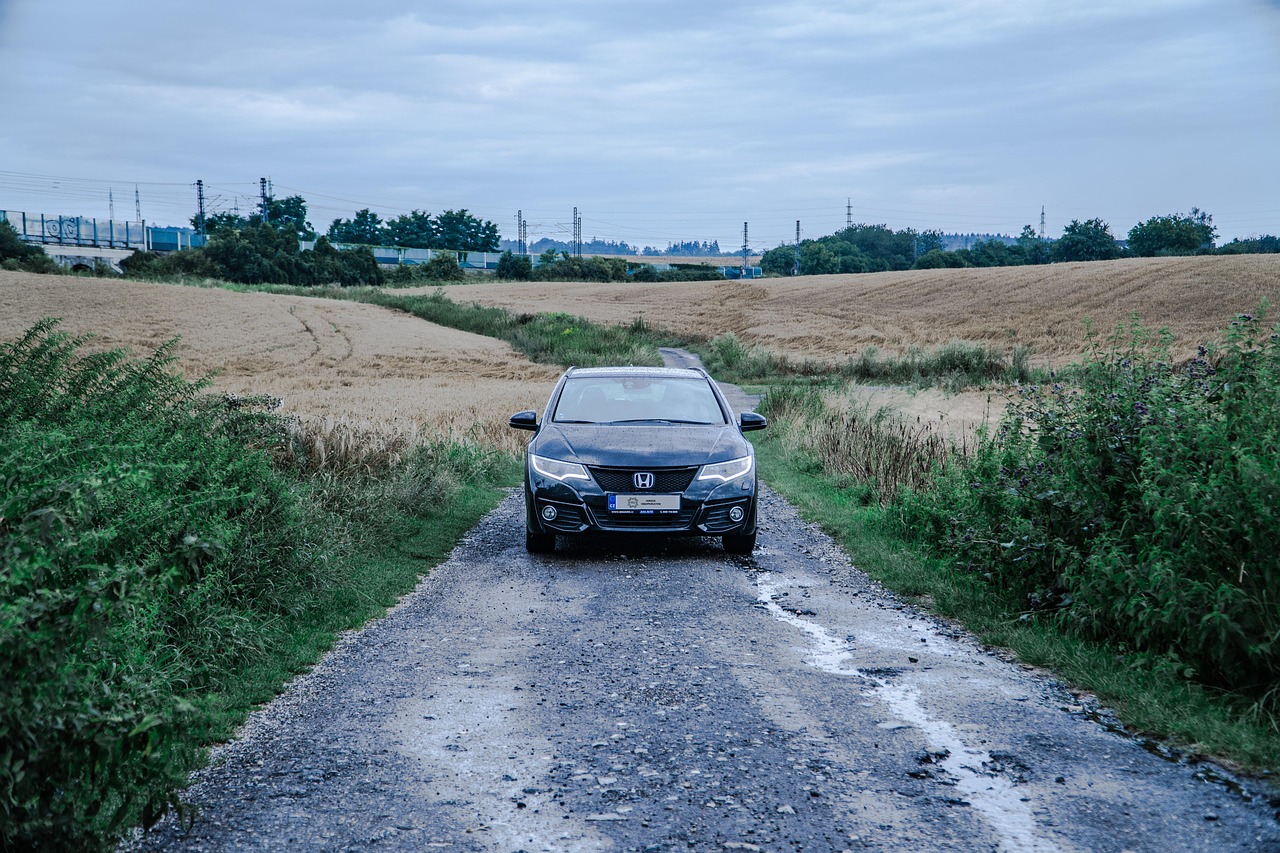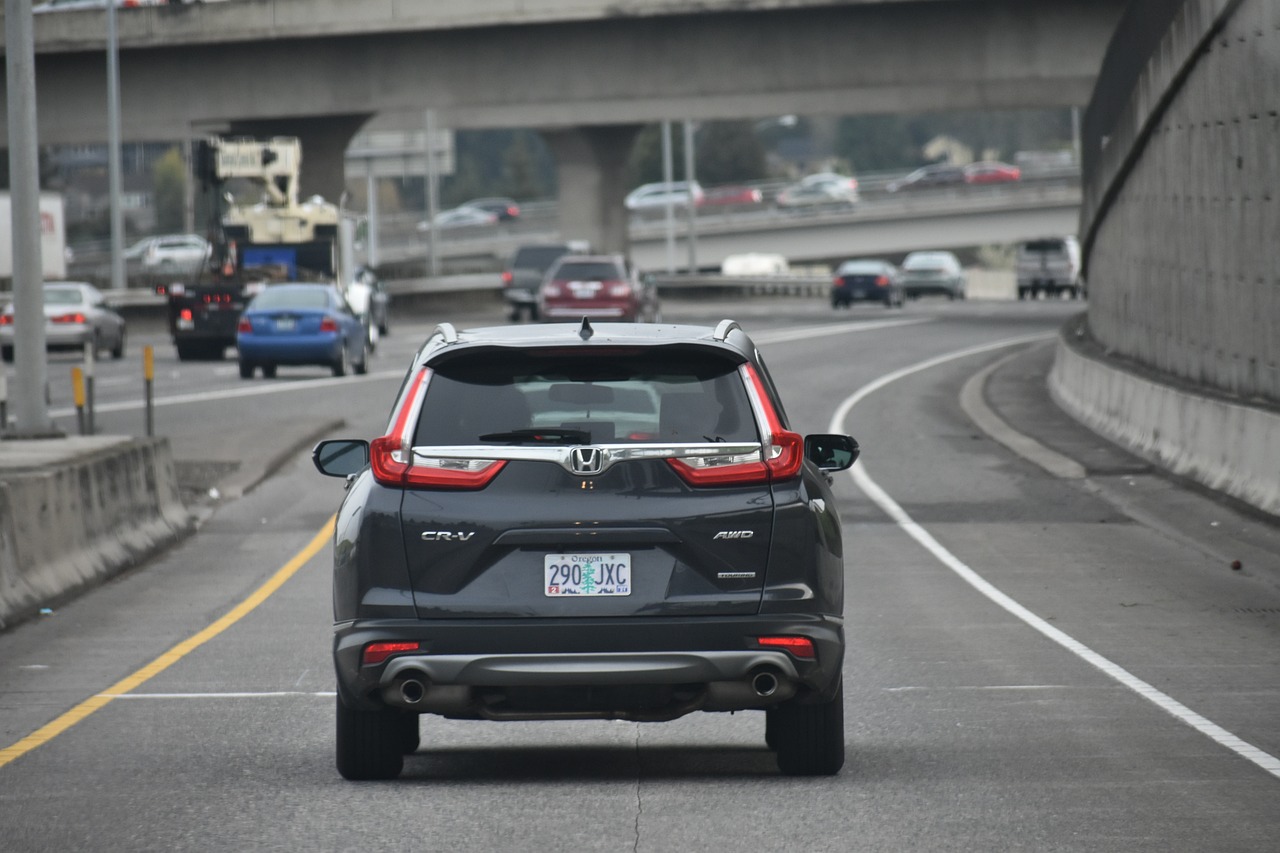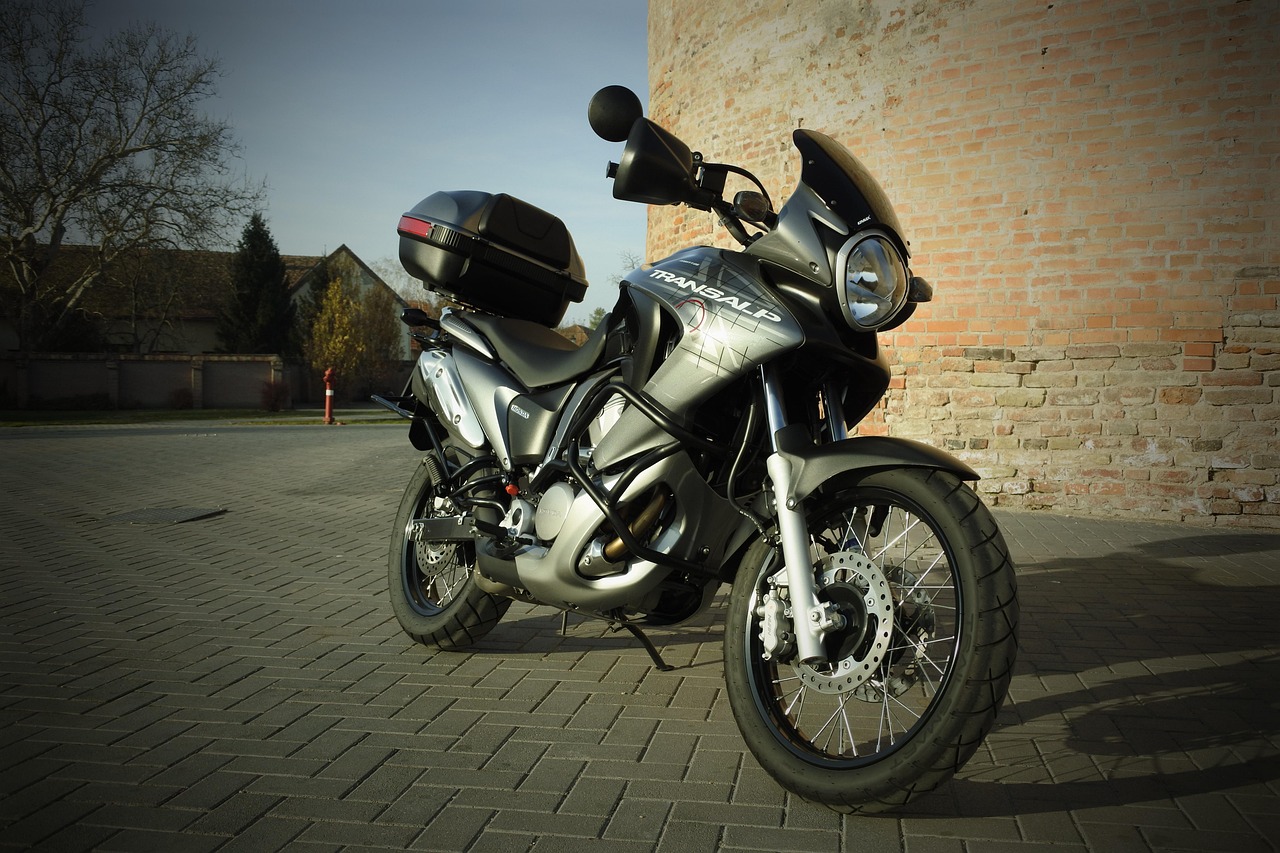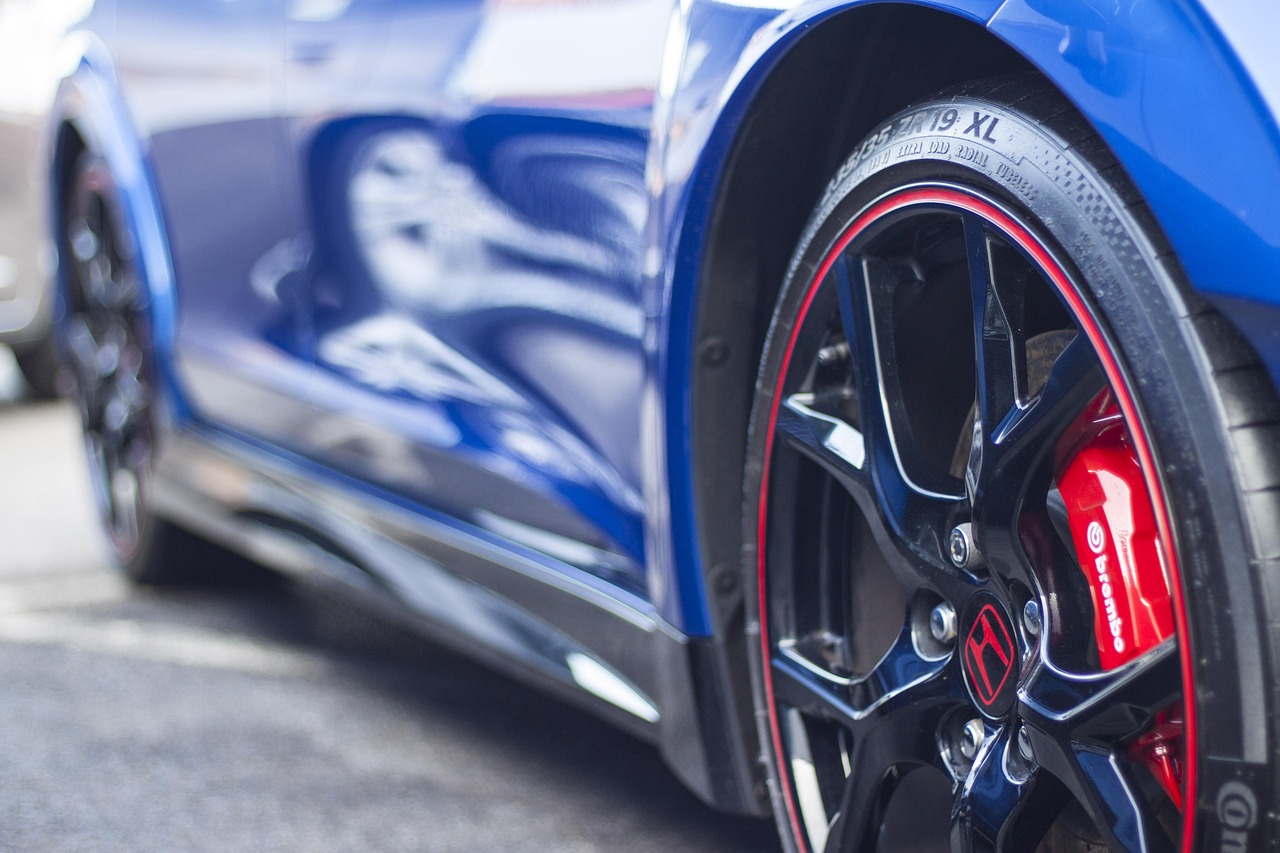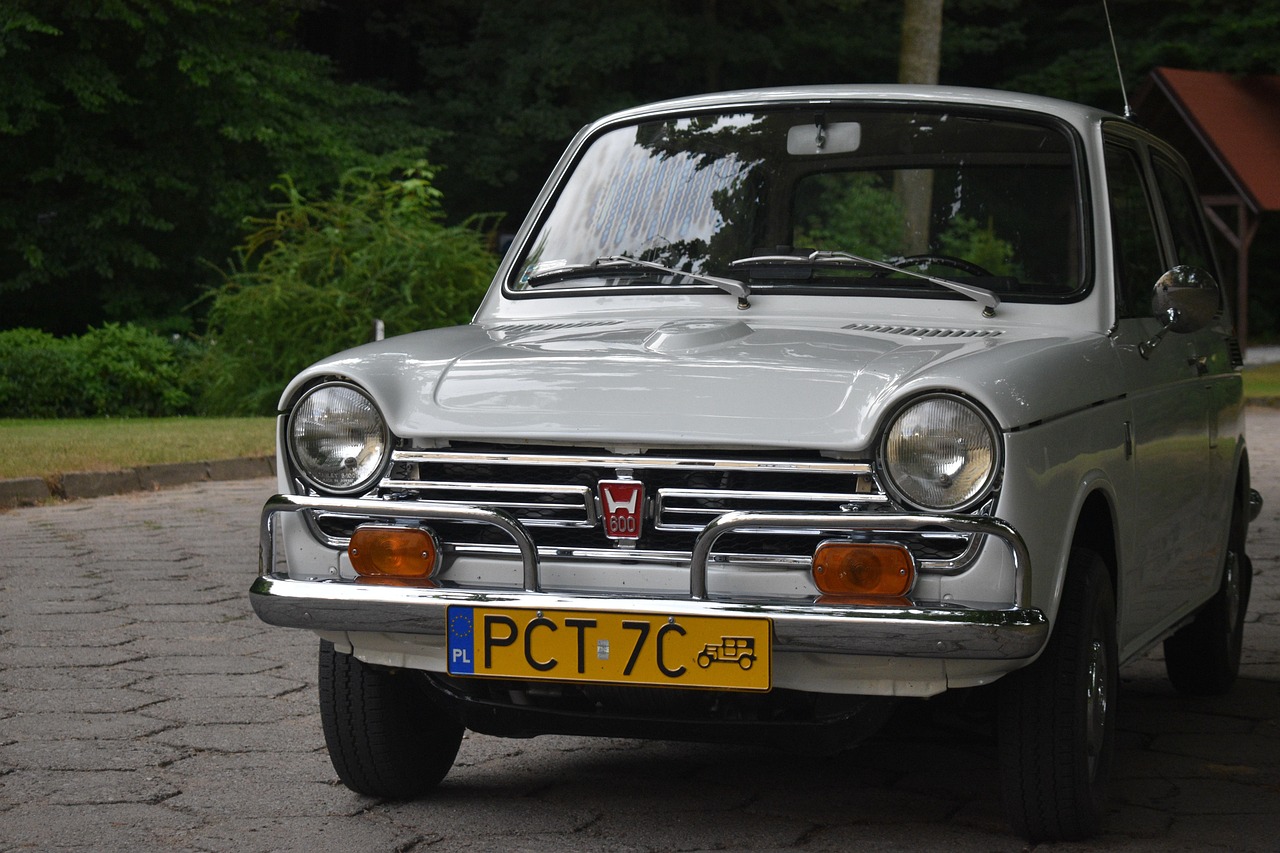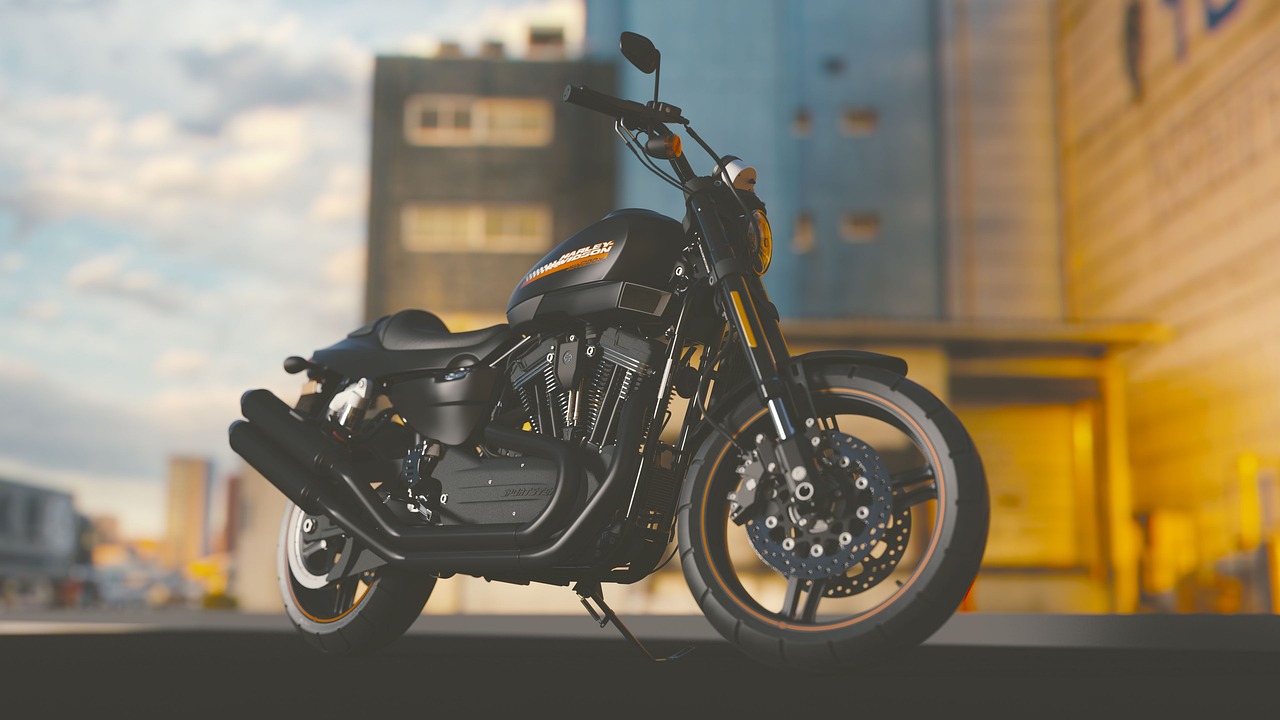This article delves into the rich history of Civic Honda, tracing its journey from inception to its current status as a key player in the automotive industry. We will examine its evolution, highlight innovative features, and discuss its impact on the market while addressing common user inquiries about its development and future prospects.
The Birth of Civic Honda
The Civic Honda made its debut in 1972, presenting a revolutionary approach to compact car design. The initial concept was crafted to meet the demands of a market that sought affordable and fuel-efficient vehicles. This section will explore how Civic Honda tapped into the growing need for practical transportation solutions during an era of economic change.
Key Milestones in Civic Honda History
- 1972: Launch of the first-generation Civic, setting new standards for compact cars.
- 1983: Introduction of the third generation, featuring enhanced aerodynamics and performance.
- 1996: The sixth generation Civic won numerous awards for its design and efficiency.
- 2016: Launch of the tenth generation, showcasing cutting-edge technology and design.
Technological Innovations in Civic Honda
Civic Honda has consistently embraced technological advancements to enhance its vehicles. Notable innovations include:
- Engine Technology: The shift towards turbocharged engines and hybrid options has significantly improved fuel efficiency and performance.
- Safety Features: Incorporation of advanced driver-assistance systems (ADAS) has prioritized occupant safety.
Environmental Impact and Sustainability Efforts
In response to increasing environmental concerns, Civic Honda has made substantial efforts toward sustainability. The development of hybrid and electric models reflects Honda’s commitment to reducing its carbon footprint. Additionally, the company has adopted eco-friendly manufacturing practices, emphasizing sustainable sourcing and production methods.
The Future of Civic Honda
Looking forward, Civic Honda is poised to continue its legacy of innovation. Anticipated trends include further advancements in electric vehicle technology and enhanced connectivity features. As Honda strives for automotive excellence, the future of Civic Honda appears bright, with a commitment to meeting evolving consumer needs and environmental challenges.
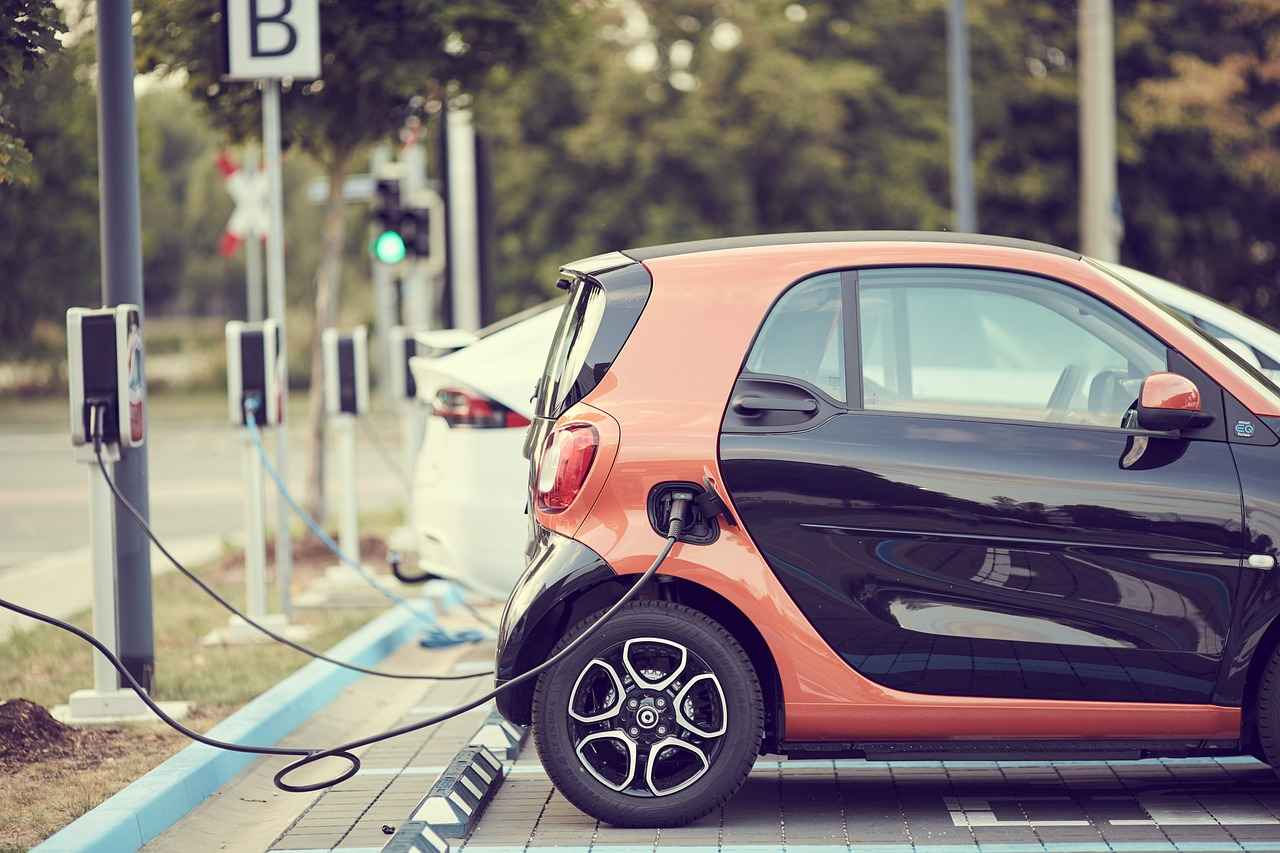
The Birth of Civic Honda
The birth of the Civic Honda in 1972 marked a transformative moment in the automotive industry, particularly in the realm of compact cars. At a time when consumers were increasingly seeking economical and practical transportation options, Honda recognized a unique opportunity to fill this gap. The Civic was designed not only to be affordable but also to offer a combination of efficiency, reliability, and innovative engineering.
Initially, the Civic was positioned as a compact vehicle that catered to a diverse range of drivers. It was aimed at urban dwellers who required a space-efficient and fuel-efficient car for daily commuting. The compact design allowed for easy maneuverability in crowded city environments, while its economical fuel consumption appealed to the growing concern over rising fuel prices during the oil crisis of the 1970s.
One of the key aspects of the Civic’s initial concept was its lightweight construction, which contributed to its fuel efficiency. Honda employed advanced engineering techniques to ensure that the vehicle was not only compact but also robust enough to withstand the rigors of daily use. This balance of size and strength was a significant factor in the Civic’s early success.
Moreover, the introduction of the Civic coincided with a shift in consumer preferences. Buyers were moving away from larger, gas-guzzling vehicles and were increasingly inclined towards smaller cars that offered practicality without compromising on comfort. The Civic’s spacious interior, despite its compact exterior, provided a solution to this emerging demand.
In summary, the Civic Honda was not just another car; it was a response to a changing market landscape. With its introduction, Honda set a new standard in compact car design, emphasizing efficiency and practicality that resonated with consumers. This foundational concept laid the groundwork for the Civic’s enduring popularity and its evolution into one of the best-selling cars worldwide.

Key Milestones in Civic Honda History
Civic Honda has a storied history that reflects the dynamic nature of the automotive industry. Over the years, it has achieved remarkable milestones that have significantly influenced its brand identity and consumer appeal. Below, we explore some of the most pivotal moments in the history of Civic Honda.
- 1972: The Launch of the First Generation – The Civic Honda made its debut in 1972, revolutionizing the compact car market. Designed with fuel efficiency in mind, it quickly gained traction among consumers looking for economical vehicles.
- 1983: Introduction of the Second Generation – The second generation saw enhancements in design and technology, including improved aerodynamics and interior space, catering to a broader audience and setting new standards in the compact car segment.
- 1992: The Arrival of the Fifth Generation – This generation introduced a more sporty look and feel, appealing to younger drivers. With its powerful engines and advanced features, it solidified Civic Honda’s reputation for innovation.
- 2001: Launch of the Hybrid Model – Civic Honda embraced environmental responsibility by introducing its first hybrid model, showcasing its commitment to sustainability and paving the way for future eco-friendly vehicles.
- 2016: The Release of the 10th Generation – This generation marked a significant redesign, incorporating cutting-edge technology and safety features. It received critical acclaim and numerous awards, bolstering Civic Honda’s position in the global market.
- 2020: Expansion into Electric Vehicles – Civic Honda announced plans to expand its electric vehicle lineup, aligning with global trends towards electrification and sustainability, thus appealing to a new generation of environmentally conscious consumers.
Each of these milestones has not only shaped Civic Honda’s identity but also reinforced its popularity among consumers. The brand’s continuous evolution demonstrates its ability to adapt to changing market demands while maintaining a strong commitment to innovation and quality.
First Generation (1972-1979)
The first generation of Civic Honda, produced from 1972 to 1979, marked a pivotal moment in the automotive industry, establishing a new standard for compact cars. With its introduction, Honda aimed to meet the demands of a growing consumer base that prioritized fuel efficiency and practicality without sacrificing style or performance.
One of the standout features of the first-generation Civic was its design. The car boasted a compact yet spacious interior, allowing for comfortable seating and ample cargo space. Its distinctive, aerodynamic shape not only enhanced its aesthetic appeal but also contributed to its fuel efficiency. The Civic was available in various body styles, including a two-door coupe, four-door sedan, and a three-door hatchback, catering to diverse consumer preferences.
Under the hood, the first-generation Civic was equipped with a 1.2-liter four-cylinder engine, which produced around 50 horsepower. This engine was paired with a four-speed manual transmission, and later, a two-speed automatic was introduced. The combination of lightweight construction and efficient engineering allowed the Civic to achieve impressive fuel economy, often exceeding 30 miles per gallon, a remarkable feat for its time.
The appeal of the first-generation Civic extended beyond its specifications. It resonated with a demographic increasingly concerned about rising fuel prices and environmental issues. As a result, the Civic quickly gained popularity, becoming a symbol of affordable and reliable transportation. Its reputation was further solidified by positive reviews from automotive journalists and satisfied customers alike, highlighting its durability and low maintenance costs.
In summary, the first generation of Civic Honda not only set the tone for compact cars but also laid the groundwork for future innovations in the automotive industry. Its blend of design, efficiency, and practicality captured the hearts of many, establishing a legacy that continues to influence Honda’s approach to vehicle manufacturing today.
Innovative Features of the First Generation
The first generation of Civic Honda, launched in 1972, was not just another compact car; it was a revolutionary leap in automotive design and engineering. This innovative model introduced several features that were groundbreaking for its time, setting new standards in the automotive industry.
- Lightweight Design: One of the most remarkable attributes of the first-generation Civic was its lightweight construction. Weighing significantly less than many of its competitors, it offered enhanced fuel efficiency and agility on the road. This design philosophy was pivotal, as it catered to a growing market that prioritized economy and practicality.
- Efficient Engines: The Civic was equipped with a range of efficient engines that provided excellent fuel economy without sacrificing performance. The introduction of a 1.2-liter engine was particularly noteworthy, as it delivered a balance of power and efficiency that appealed to a broad audience.
- Compact Size: The compact dimensions of the Civic made it ideal for urban environments, where parking space was often limited. Its small footprint allowed for easy maneuverability, making it a popular choice among city dwellers.
- Innovative Suspension: The first-generation Civic featured a front-wheel-drive layout and an independent suspension system. This combination improved handling and stability, providing drivers with a more enjoyable and confident driving experience.
- Practical Interior: Inside, the Civic was designed with functionality in mind. The spacious cabin and versatile seating arrangements made it suitable for various needs, from daily commuting to family outings.
These features not only defined the Civic’s identity but also established it as a benchmark in the compact car segment. The first generation’s innovative approach laid the groundwork for future models, ensuring that Civic Honda remained a leader in automotive innovation.
Market Reception and Impact
The first-generation Honda Civic, launched in 1972, quickly captured the attention of both consumers and critics, marking a significant moment in the automotive landscape of the 1970s. With its compact size, efficient design, and affordability, the Civic was tailored to meet the demands of a changing market, particularly in the wake of the oil crisis.
Upon its release, the Civic was praised for its fuel efficiency and innovative engineering. Critics highlighted its lightweight structure and the ability to achieve impressive mileage, which resonated with a public increasingly concerned about rising fuel prices. The Civic’s reputation for reliability further solidified its appeal, making it a popular choice among budget-conscious consumers.
In terms of design, the Civic broke away from the traditional aesthetics of the time, offering a more modern and streamlined look. Its compact dimensions made it suitable for urban driving, while still providing ample interior space. This combination of style and practicality was a game-changer, influencing the design of future compact cars.
The Civic’s impact extended beyond just consumer preferences; it also influenced the automotive industry at large. As more manufacturers began to recognize the demand for smaller, more efficient vehicles, the Civic set a benchmark for what a compact car should be. Its success prompted competitors to innovate and adapt, leading to a broader shift in the market towards fuel-efficient vehicles.
Overall, the first-generation Honda Civic not only resonated with consumers but also reshaped the automotive landscape of the 1970s. It established a new standard for compact cars, emphasizing efficiency, reliability, and affordability. This legacy continues to influence the design and engineering of vehicles today, showcasing the enduring impact of the Civic on the automotive industry.
Evolution Through the Generations
The Civic Honda has been a cornerstone of the automotive market since its inception. Each generation has not only reflected the changing consumer preferences but has also embraced technological advancements that have reshaped the way we think about compact cars. This section delves into the evolution of the Civic Honda, highlighting key innovations and improvements that have defined each model year.
Beginning with the first generation in 1972, the Civic was designed to cater to the needs of a growing population seeking fuel efficiency and compactness. As the years progressed, each subsequent generation introduced features that enhanced both performance and comfort. For example, the second generation saw the introduction of a more aerodynamic design, which improved fuel efficiency and handling.
As consumer demands evolved, so did the Civic Honda. The third generation introduced a hatchback variant, appealing to a younger demographic looking for versatility and style. This model also marked the beginning of Honda’s commitment to environmental sustainability, with the introduction of more efficient engines.
With the arrival of the fourth generation, Honda focused on safety and technology. This model debuted advanced features such as anti-lock braking systems and improved crash safety ratings, setting new standards in the compact car segment. The integration of technology continued with the fifth generation, which offered enhanced audio systems and improved interior quality.
The sixth generation saw a shift towards performance, introducing the sporty Civic Si model, which appealed to driving enthusiasts. This trend continued with the seventh and eighth generations, where turbocharged engines and hybrid options became available, showcasing Honda’s adaptability to market trends and technological advancements.
In recent years, the Civic Honda has embraced a more eco-friendly approach, with the introduction of hybrid and electric models. This shift not only meets regulatory requirements but also resonates with a growing consumer base that prioritizes sustainability.
Overall, the evolution of Civic Honda through the generations illustrates a brand that is not only responsive to consumer needs but also proactive in adopting innovations that enhance the driving experience. As the automotive landscape continues to change, the Civic Honda is poised to remain a leader in the compact car market.

Technological Innovations in Civic Honda
Civic Honda has long been at the forefront of automotive technology, consistently integrating cutting-edge advancements to enhance both performance and the driving experience. This section delves into the key technological innovations that have shaped Civic Honda over the years.
One of the most significant advancements in Civic Honda’s history is the evolution of engine technology. From the early days of simple, efficient engines to the modern era of turbocharged and hybrid options, Civic Honda has continually adapted to meet the demands of consumers seeking both power and fuel efficiency. The introduction of turbocharged engines has allowed for a remarkable balance between high performance and lower emissions, providing drivers with an exhilarating experience while being environmentally conscious.
In addition to engine advancements, Civic Honda has prioritized safety features throughout its development. The incorporation of advanced driver-assistance systems (ADAS) has revolutionized the way drivers interact with their vehicles. Features such as adaptive cruise control, lane-keeping assist, and automatic emergency braking have not only made driving safer but have also set a benchmark for the industry. These technologies are designed to reduce accidents and enhance overall road safety, reflecting Civic Honda’s commitment to protecting its drivers and passengers.
Moreover, Civic Honda has embraced connectivity technologies that enhance the driving experience. The integration of smartphone connectivity through systems like Apple CarPlay and Android Auto allows drivers to access navigation, music, and communication seamlessly. This focus on technology ensures that Civic Honda vehicles remain relevant in an increasingly digital world.
Finally, the commitment to sustainability is evident in Civic Honda’s technological innovations. The development of hybrid and electric models signifies a shift towards more eco-friendly practices, addressing the growing concern for environmental impact. By investing in sustainable technologies, Civic Honda not only meets regulatory requirements but also aligns with the values of environmentally conscious consumers.
Through these advancements, Civic Honda has solidified its reputation as a leader in automotive technology, continually enhancing the performance and driving experience for its users.
Engine Technology and Performance Enhancements
The Honda Civic has long been a pioneer in the automotive industry, particularly in terms of engine technology. Over the years, the evolution of engine technology in the Civic has been marked by significant shifts that emphasize both efficiency and performance.
Initially, the Civic was equipped with naturally aspirated engines that prioritized fuel economy. However, as consumer demands evolved and environmental concerns became more pronounced, Honda began to innovate. The introduction of turbocharged engines marked a pivotal moment in the Civic’s history. These engines offer a remarkable balance of power and efficiency, allowing drivers to enjoy a spirited driving experience without sacrificing fuel economy.
Turbocharged engines utilize forced induction to compress air entering the engine, which enhances performance without increasing engine size. This technology not only improves acceleration but also reduces emissions, aligning with global trends towards sustainability. The shift to turbocharged engines in the Civic has allowed Honda to meet stringent environmental regulations while maintaining the sporty character that enthusiasts appreciate.
In addition to turbocharging, Honda has also embraced hybrid technology. The hybrid variants of the Civic combine traditional internal combustion engines with electric motors, providing an even greater level of efficiency. This integration allows for seamless transitions between power sources, optimizing fuel consumption in various driving conditions. The hybrid technology in the Civic is particularly appealing to eco-conscious consumers, as it significantly reduces greenhouse gas emissions and enhances overall fuel efficiency.
The evolution of engine technology in the Civic Honda reflects a broader trend in the automotive industry towards cleaner and more efficient vehicles. By adopting turbocharging and hybrid technologies, Honda has positioned the Civic not only as a leader in performance but also as a champion of sustainability. As we look to the future, it is clear that Honda will continue to innovate, ensuring that the Civic remains at the forefront of engine technology.
Safety Features Over the Years
Safety has always been a cornerstone of Civic Honda’s design philosophy, reflecting the brand’s commitment to protecting drivers, passengers, and pedestrians alike. Over the years, Civic Honda has continuously refined its safety features, integrating the latest technologies to enhance vehicle safety and performance.
One of the most significant advancements in recent years is the introduction of Advanced Driver-Assistance Systems (ADAS). These systems utilize a combination of sensors, cameras, and radar to monitor the vehicle’s surroundings and assist the driver in making safer decisions. Key components of ADAS include:
- Adaptive Cruise Control: Automatically adjusts the vehicle’s speed to maintain a safe distance from the car in front.
- Lane Keeping Assist: Helps the driver stay within lane markings by providing steering assistance.
- Collision Mitigation Braking System: Detects potential collisions and applies the brakes if the driver does not respond in time.
- Road Departure Mitigation: Alerts the driver if the vehicle is about to leave the roadway and can apply brakes to prevent an accident.
In addition to ADAS, Civic Honda has also prioritized the structural integrity of its vehicles. The use of high-strength materials and advanced engineering techniques has improved crashworthiness, ensuring that occupants are better protected in the event of a collision. The incorporation of crumple zones and strategically placed airbags further enhances passenger safety.
Moreover, Civic Honda’s commitment to safety extends beyond the vehicles themselves. The company invests in extensive testing and research to ensure that their safety features meet or exceed industry standards. This dedication has earned Civic Honda numerous accolades for safety from organizations such as the Insurance Institute for Highway Safety (IIHS) and the National Highway Traffic Safety Administration (NHTSA).
As Civic Honda continues to innovate, the focus on safety remains unwavering. Future models are expected to incorporate even more advanced technologies, ensuring that safety is not just a feature but a fundamental part of the driving experience.

Environmental Impact and Sustainability Efforts
As environmental concerns continue to escalate globally, Civic Honda has proactively embraced sustainability initiatives. This commitment is not only a response to consumer demand for greener alternatives but also a reflection of the company’s dedication to reducing its environmental footprint. In this section, we will explore Civic Honda’s eco-friendly practices and its significant advancements in hybrid and electric vehicle development.
Civic Honda has implemented various strategies aimed at minimizing environmental impact throughout its operations. This includes:
- Sustainable Manufacturing: Utilizing eco-friendly materials and processes in vehicle production.
- Waste Reduction: Implementing recycling programs and reducing waste in manufacturing facilities.
- Energy Efficiency: Investing in renewable energy sources to power production plants.
In response to the urgent need for sustainable transportation, Civic Honda has expanded its lineup to include a range of hybrid and electric vehicles (EVs). These models are designed to offer:
- Reduced Emissions: Hybrid models combine traditional engines with electric power to lower CO2 emissions significantly.
- Enhanced Fuel Efficiency: Electric vehicles provide an alternative that eliminates tailpipe emissions entirely.
- Innovative Technology: Incorporating advanced battery systems and regenerative braking to optimize energy use.
Looking ahead, Civic Honda aims to further enhance its sustainability efforts by:
- Expanding EV Range: Introducing more electric models to cater to diverse consumer needs.
- Improving Battery Technology: Investing in research to develop longer-lasting and more efficient batteries.
- Partnerships for Sustainability: Collaborating with other organizations to promote sustainable practices across the automotive industry.
Through these initiatives, Civic Honda demonstrates its dedication to not only meeting current environmental standards but also leading the way towards a more sustainable future in the automotive sector.
Hybrid and Electric Models
Civic Honda’s commitment to sustainability has led to a remarkable transformation in its vehicle lineup, particularly with the introduction of hybrid and electric models. This shift not only reflects the growing consumer demand for environmentally friendly options but also demonstrates Honda’s dedication to reducing its carbon footprint.
The first major step in this direction was the launch of the Civic Hybrid, which debuted in 2002. This model combined a traditional gasoline engine with an electric motor, allowing for improved fuel efficiency and lower emissions. The Civic Hybrid quickly gained popularity among eco-conscious drivers, showcasing Honda’s innovative approach to hybrid technology.
Building on this foundation, Honda expanded its hybrid offerings with the introduction of the Civic e:HEV. This model features advanced hybrid technology that optimizes performance while minimizing fuel consumption. The e:HEV system intelligently switches between electric and gasoline power, ensuring that drivers experience both efficiency and responsiveness.
In addition to hybrids, Honda has made significant strides in the electric vehicle (EV) sector. The launch of the Honda e marked a pivotal moment for the brand. This compact electric vehicle is designed for urban environments, offering a sustainable alternative without compromising on style or technology. With its retro design and innovative features, the Honda e has attracted attention and admiration from both consumers and critics.
Moreover, Honda’s commitment to reducing carbon emissions extends beyond vehicle production. The company is actively working to enhance its manufacturing practices by utilizing sustainable materials and renewable energy sources. This holistic approach ensures that Honda not only produces eco-friendly vehicles but also minimizes the environmental impact of its operations.
As Civic Honda continues to innovate in the realm of hybrid and electric vehicles, it stands at the forefront of the automotive industry’s shift towards sustainability. With a focus on reducing carbon footprints and enhancing the driving experience, Honda is paving the way for a greener future.
Manufacturing Practices and Sustainability
The automotive industry is increasingly recognizing the importance of sustainability, and Honda is at the forefront of this movement. In this section, we will delve into Honda’s manufacturing practices and how they are committed to minimizing their environmental impact through innovative and sustainable sourcing and production methods.
Honda has adopted a comprehensive approach to sustainability that encompasses every aspect of its manufacturing process. This includes the use of renewable materials and the implementation of energy-efficient technologies. By integrating these elements, Honda aims to reduce waste and lower carbon emissions, making a significant contribution to the fight against climate change.
| Practice | Description |
|---|---|
| Sustainable Sourcing | Utilizing materials that are responsibly sourced and have minimal environmental impact. |
| Energy Efficiency | Implementing technologies that reduce energy consumption in manufacturing plants. |
| Waste Reduction | Adopting practices that minimize waste production and promote recycling. |
In addition to these practices, Honda is also focused on reducing water usage in its manufacturing processes. By employing advanced technologies and recycling water, Honda has managed to significantly decrease its overall water consumption. This commitment to resource conservation is not just beneficial for the environment but also enhances operational efficiency.
Furthermore, Honda’s factories are increasingly powered by renewable energy sources, which further reduces their carbon footprint. The company’s goal is to achieve a zero environmental footprint by 2050, showcasing its dedication to sustainable growth.
By prioritizing sustainability in its manufacturing practices, Honda not only meets regulatory requirements but also addresses the growing consumer demand for environmentally friendly products. This proactive approach positions Honda as a leader in the automotive industry’s shift towards a more sustainable future.

The Future of Civic Honda
is poised to be an exciting journey, marked by innovation and a commitment to sustainability. As we look ahead, it is essential to explore potential trends, upcoming models, and the overarching direction that Honda is taking in the automotive landscape.
With the rapid advancement of technology, Civic Honda is expected to embrace electric and hybrid vehicles more than ever. The shift towards electrification is not just a trend but a necessity in the face of global environmental challenges. Honda aims to expand its lineup of electric vehicles (EVs), catering to the growing demand for eco-friendly transportation solutions.
- Integration of AI and Connectivity: Future models of Civic Honda are likely to feature enhanced connectivity options, integrating artificial intelligence to improve user experience. This includes smart navigation systems and personalized driving assistance.
- Autonomous Driving Technology: Honda is investing in research and development of autonomous driving technologies. The goal is to enhance safety and convenience, making driving easier and more enjoyable.
- Design Innovations: Expect to see futuristic designs that not only appeal aesthetically but also improve aerodynamics and fuel efficiency. The use of lightweight materials will be a key focus in upcoming models.
Moreover, Civic Honda is committed to maintaining its reputation for automotive excellence. This commitment is reflected in their rigorous testing and quality assurance processes, ensuring that every vehicle meets the highest standards of performance and safety.
As part of its sustainability efforts, Honda is also exploring new manufacturing practices that minimize waste and energy consumption. This includes the use of renewable energy sources in production facilities and sustainable materials in vehicle construction.
In conclusion, the future of Civic Honda is bright, driven by innovation and a strong commitment to environmental responsibility. As Honda continues to adapt to changing consumer preferences and technological advancements, it remains dedicated to providing vehicles that are not only efficient but also enjoyable to drive.
Frequently Asked Questions
- What year was the Civic Honda first introduced?
The Civic Honda made its debut in 1972, revolutionizing the compact car segment with its innovative design and fuel efficiency.
- How has Civic Honda evolved over the years?
Civic Honda has undergone multiple transformations, consistently integrating cutting-edge technology and improving performance to meet changing consumer preferences.
- What are some key technological innovations in Civic Honda?
Over the years, Civic Honda has introduced several advancements, including turbocharged engines, hybrid options, and advanced safety features like driver-assistance systems.
- What sustainability efforts is Civic Honda undertaking?
Honda is committed to sustainability through the development of hybrid and electric models and environmentally friendly manufacturing practices to minimize their carbon footprint.
- What can we expect from the future of Civic Honda?
The future looks bright for Civic Honda, with plans for further innovations and new models that continue to push the boundaries of automotive excellence.



